Looking to transform your boring walls into something spectacular? Wall trim might just be the secret weapon you've been missing. Whether you're going for timeless elegance with classic crown molding or want to shake things up with geometric patterns and LED accents, the right trim can completely change how a room feels. From budget-friendly DIY options like board and batten to show-stopping coffered panels, we've rounded up 20 stunning ideas that'll make your walls the star of the show. Ready to give your space some serious architectural personality?
1. Classic Crown Molding Wall Trim

Crown molding creates an elegant transition between walls and ceilings, instantly elevating any room's sophistication level. This traditional wall trim features intricate profiles that cast beautiful shadows, adding depth and visual interest to your space. Available in materials ranging from solid wood to lightweight polyurethane, crown molding suits both historic and contemporary homes. Installation typically requires 45-degree miter cuts for seamless corner joints. Consider wider profiles for rooms with higher ceilings, while narrower options work better in compact spaces. Paint crown molding to match your walls for a cohesive, modern look, or use contrasting colors for dramatic definition. Professional installation ensures perfect alignment and eliminates gaps that can compromise the finished appearance.
2. Board and Batten Wall Trim Design
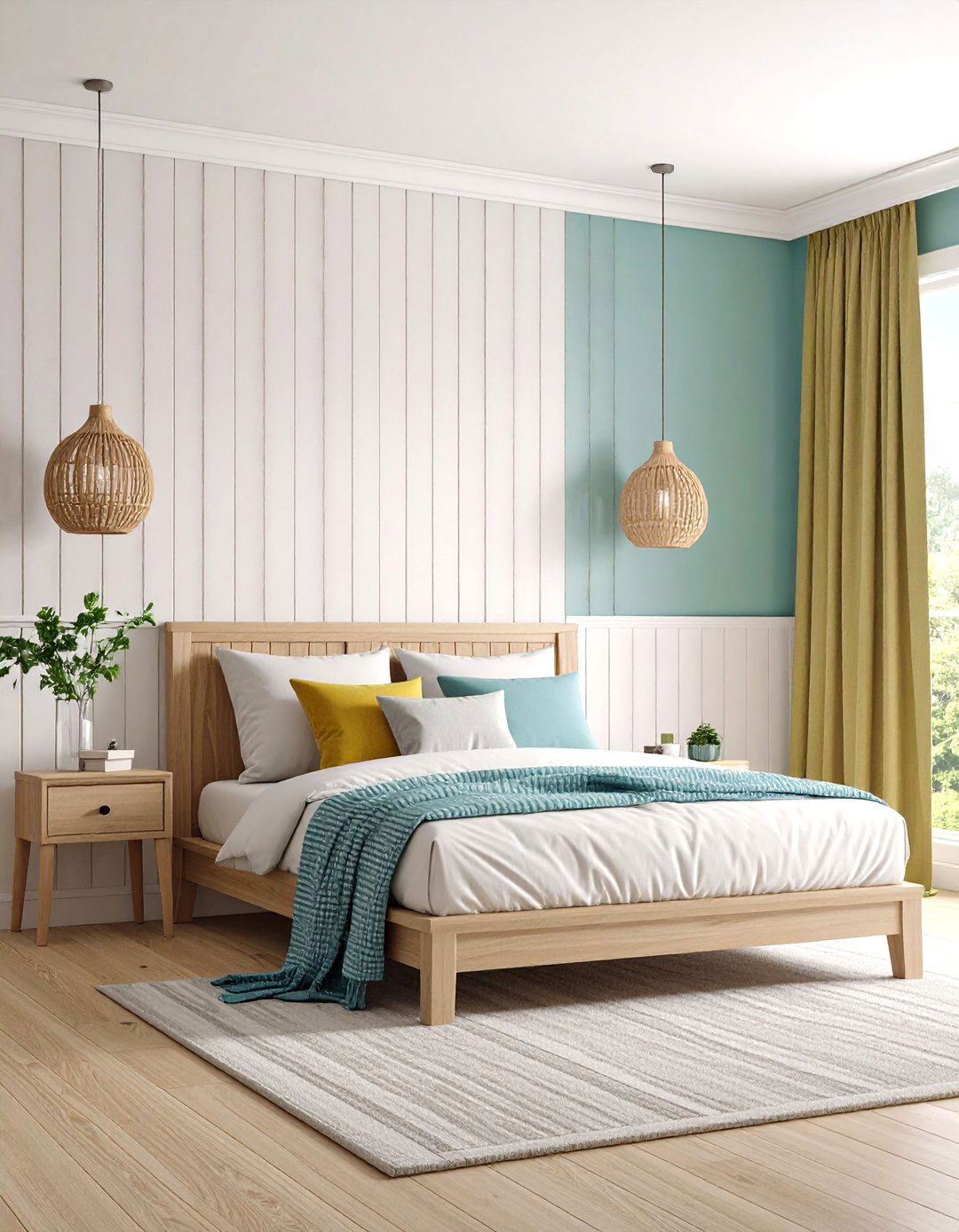
Board and batten wall trim combines vertical slats with horizontal rails, creating a classic farmhouse aesthetic that works beautifully in modern homes. This versatile design typically covers the lower third of walls, providing both protection and visual appeal. The vertical battens can be spaced evenly or varied for different effects, while the horizontal board creates a clean ledge detail. Popular materials include MDF for painted finishes or natural wood for stained applications. Installation involves careful planning to ensure even spacing and professional appearance. Board and batten works exceptionally well in dining rooms, entryways, and bedrooms, adding texture without overwhelming the space. Consider extending this treatment floor-to-ceiling for dramatic impact in larger rooms.
3. Picture Frame Wall Trim Molding

Picture frame molding creates rectangular or square panels on walls, resembling oversized frames that add architectural interest without artwork. This wall trim style works particularly well in formal dining rooms, bedrooms, and living spaces where sophisticated elegance is desired. The molding typically uses base cap trim cut at 45-degree angles to form perfect corners. Spacing between frames should remain consistent, usually 3-5 inches depending on wall size and desired scale. Paint the entire wall and trim in matching colors for subtle sophistication, or use contrasting hues for bold definition. This technique allows for flexible decorating options, as you can hang artwork within the frames or let them stand alone as decorative elements creating visual rhythm across your walls.
4. Shiplap Wall Trim Installation
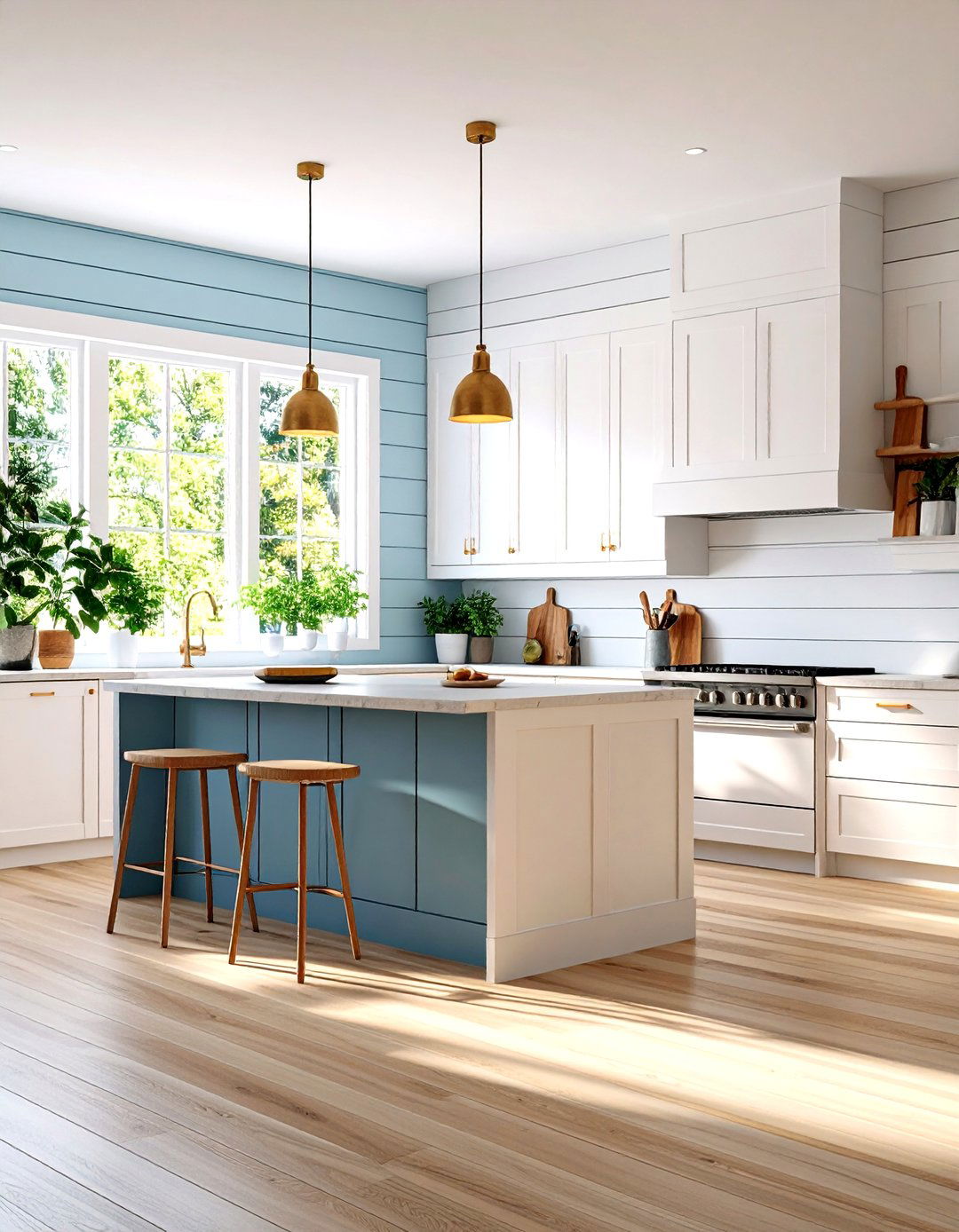
Shiplap wall trim brings coastal charm and farmhouse appeal to any interior space with its distinctive horizontal planks and subtle shadow lines. Originally designed for ship exteriors, modern shiplap features tongue-and-groove construction that creates tight, weatherproof joints. Installation can cover entire walls or serve as wainscoting for partial coverage. Choose from real wood for authentic character or MDF for consistent appearance and easier installation. Nickel gaps between boards create the signature shiplap look while accommodating seasonal wood movement. Paint finishes range from crisp white for coastal styles to bold colors for contemporary applications. This wall trim style works beautifully in bathrooms, kitchens, and living areas, providing texture and visual interest while maintaining clean, streamlined aesthetics.
5. Wainscoting Wall Trim Panels
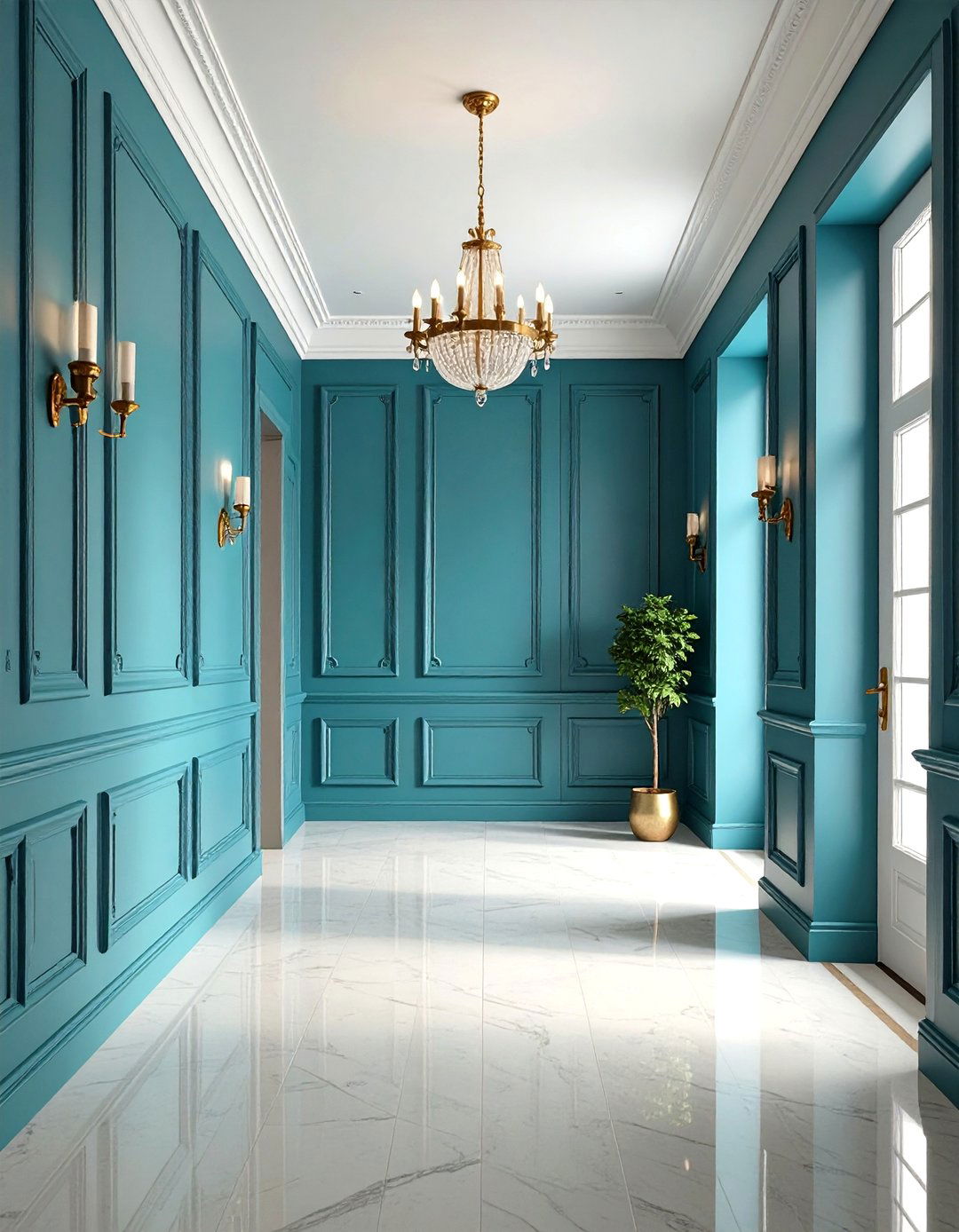
Wainscoting wall trim covers the lower portion of walls with decorative panels, traditionally protecting surfaces while adding elegant architectural detail. This classic treatment typically extends one-third to one-half up the wall, topped with a chair rail for finished appearance. Panel styles include raised, flat, beadboard, and recessed designs, each creating different visual effects. Materials range from solid wood for luxury applications to MDF for budget-friendly projects. Installation requires careful measurement and planning to ensure panels align properly with room features like windows and doors. Wainscoting works exceptionally well in dining rooms, hallways, and bathrooms, creating sophisticated backdrops that complement both traditional and transitional design styles. Paint or stain finishes allow customization to match your décor preferences.
6. Chair Rail Wall Trim Accent
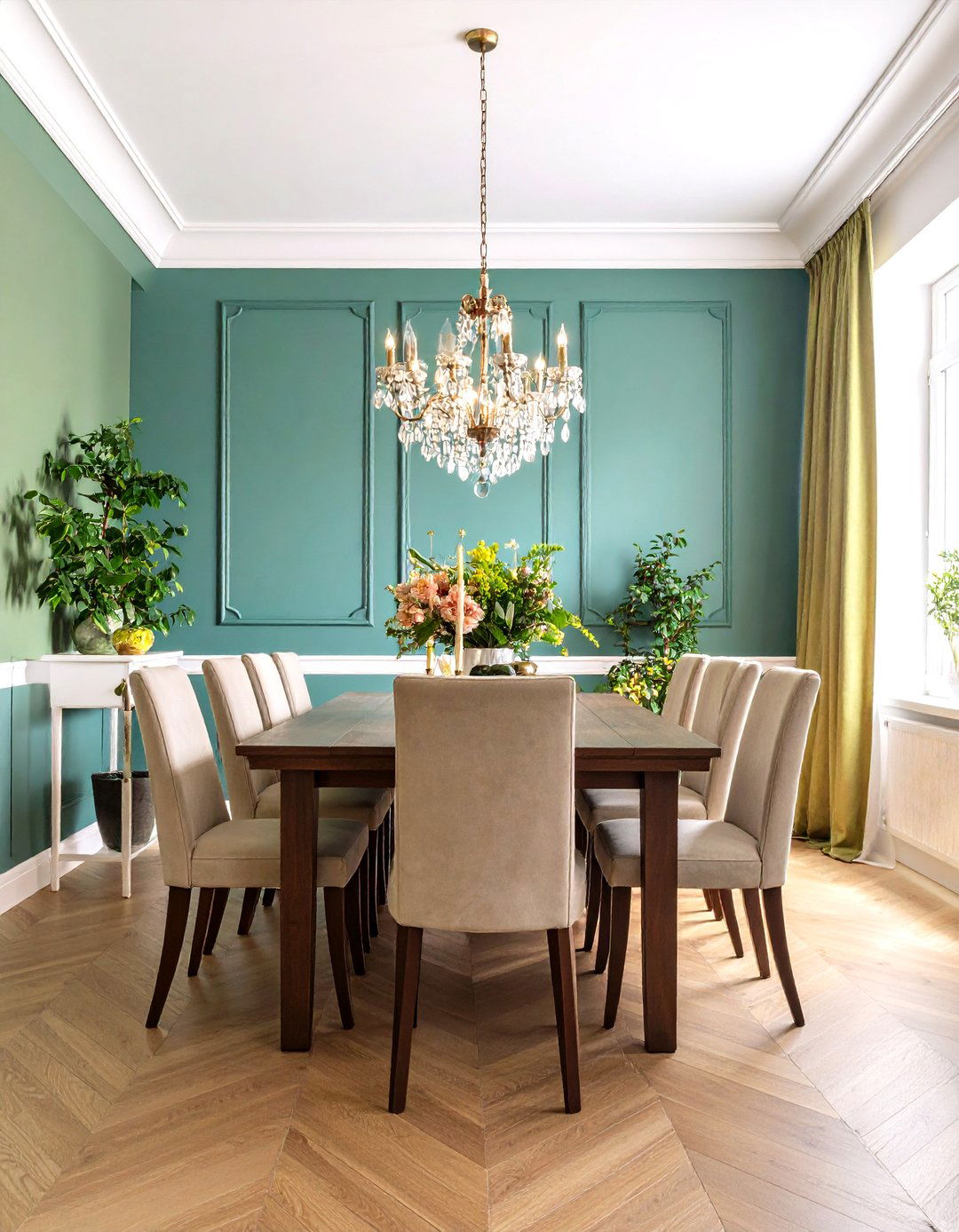
Chair rail wall trim runs horizontally around rooms at approximately 36 inches from the floor, originally designed to protect walls from furniture damage. This versatile trim creates natural division points for two-tone paint schemes or wallpaper applications. Modern chair rail designs range from simple rectangular profiles to elaborate traditional moldings with decorative details. Installation requires careful planning to ensure consistent height and proper corner treatments. Chair rail works particularly well in dining rooms, hallways, and bedrooms, creating visual interest while maintaining clean proportions. Consider extending chair rail into adjacent rooms for flow and continuity. Paint techniques can emphasize or minimize the rail's presence, with matching wall colors creating subtle sophistication while contrasting hues provide bold definition and architectural emphasis.
7. Shadow Box Wall Trim Patterns
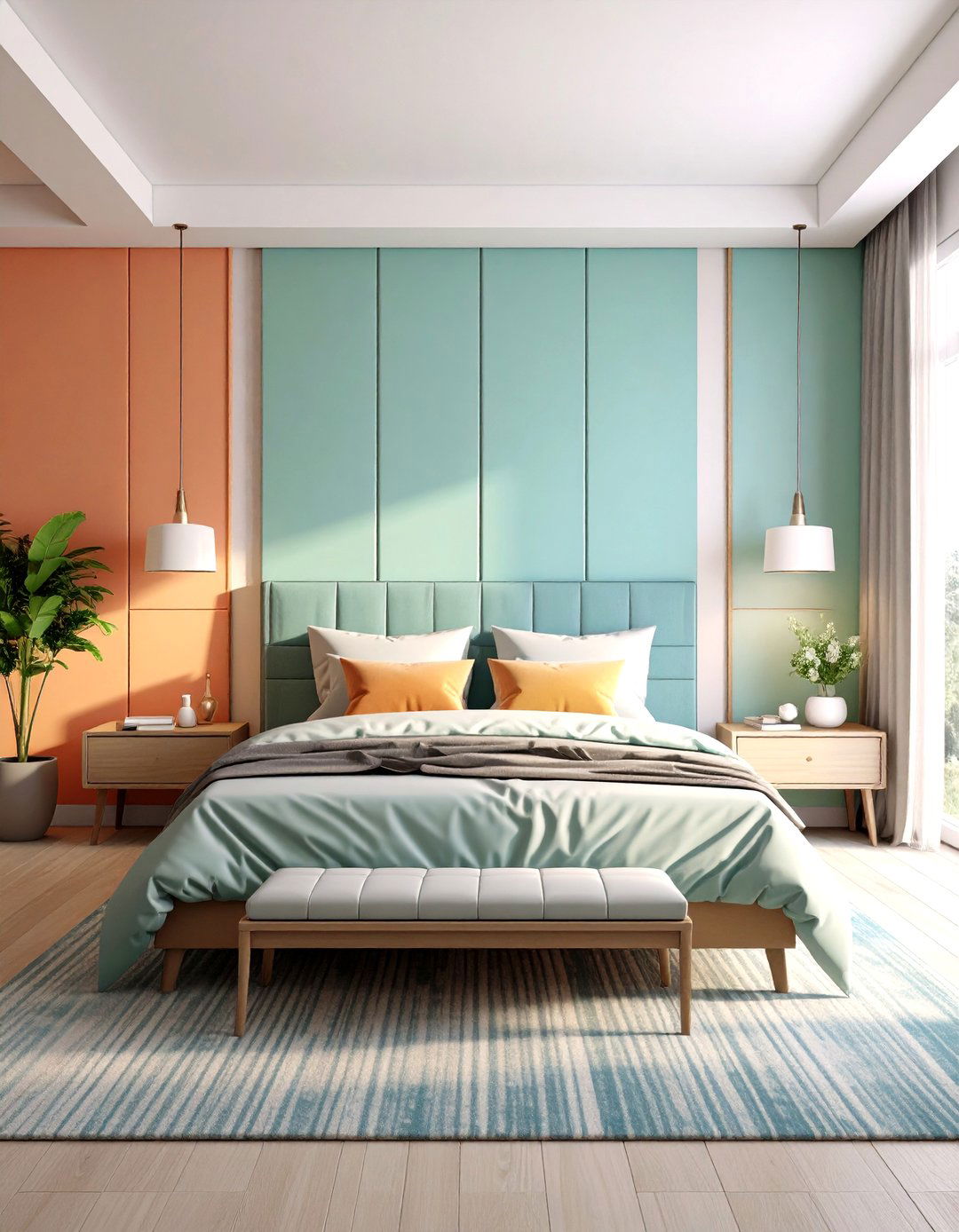
Shadow box wall trim creates geometric patterns using thin, minimalist profiles that add contemporary sophistication to modern interiors. This understated approach features clean lines and precise spacing, perfect for homeowners who prefer subtle architectural details over ornate designs. The shallow depth creates gentle shadow effects that change throughout the day as natural light shifts. Installation uses narrow trim pieces arranged in squares, rectangles, or custom geometric configurations. This wall trim style works exceptionally well in monochromatic color schemes where texture becomes the primary design element. Consider varying box sizes for visual interest while maintaining consistent spacing. Shadow boxes complement minimalist furniture and contemporary art, creating sophisticated backdrops that enhance rather than compete with your décor choices.
8. Geometric Wall Trim Panels

Geometric wall trim panels transform ordinary walls into striking focal points using hexagons, diamonds, and intersecting lines that create movement and depth. This contemporary approach combines multiple trim pieces to form complex patterns that serve as artwork themselves. Materials like MDF and PVC provide cost-effective options for achieving bold geometric designs. Installation requires precise measuring and cutting to ensure pattern alignment and professional appearance. Consider contrasting paint colors to emphasize geometric shapes and create dramatic visual impact. This wall trim style works particularly well on accent walls in living rooms, offices, and bedrooms where bold design statements are desired. Scale patterns appropriately for room size, using larger shapes in spacious areas and smaller patterns in intimate spaces for optimal visual balance.
9. Fluted Wall Trim Texture
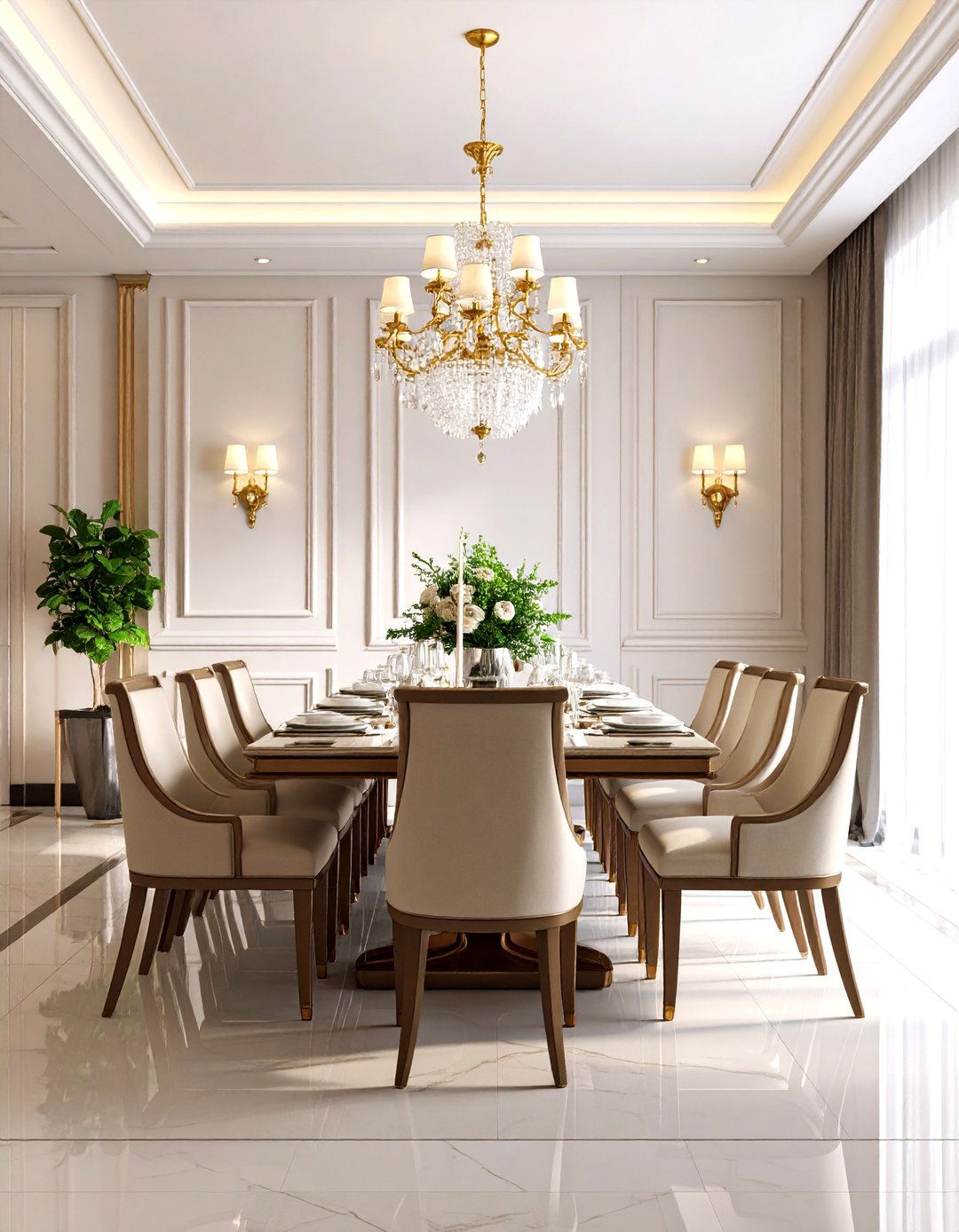
Fluted wall trim features vertical grooves and ridges that create sophisticated texture and visual interest reminiscent of classical architecture. This elegant treatment works beautifully as accent walls or wainscoting, adding depth without overwhelming spaces. Materials range from solid wood for luxury applications to engineered options for budget-conscious projects. The parallel grooves catch and reflect light, creating dynamic surfaces that change appearance throughout the day. Installation requires careful alignment to ensure consistent spacing and professional appearance. Fluted wall trim complements both traditional and contemporary design styles, working particularly well in dining rooms, bedrooms, and entryways. Consider varying groove widths or combining with flat panels for added visual complexity while maintaining sophisticated elegance.
10. Coffered Wall Trim Panels
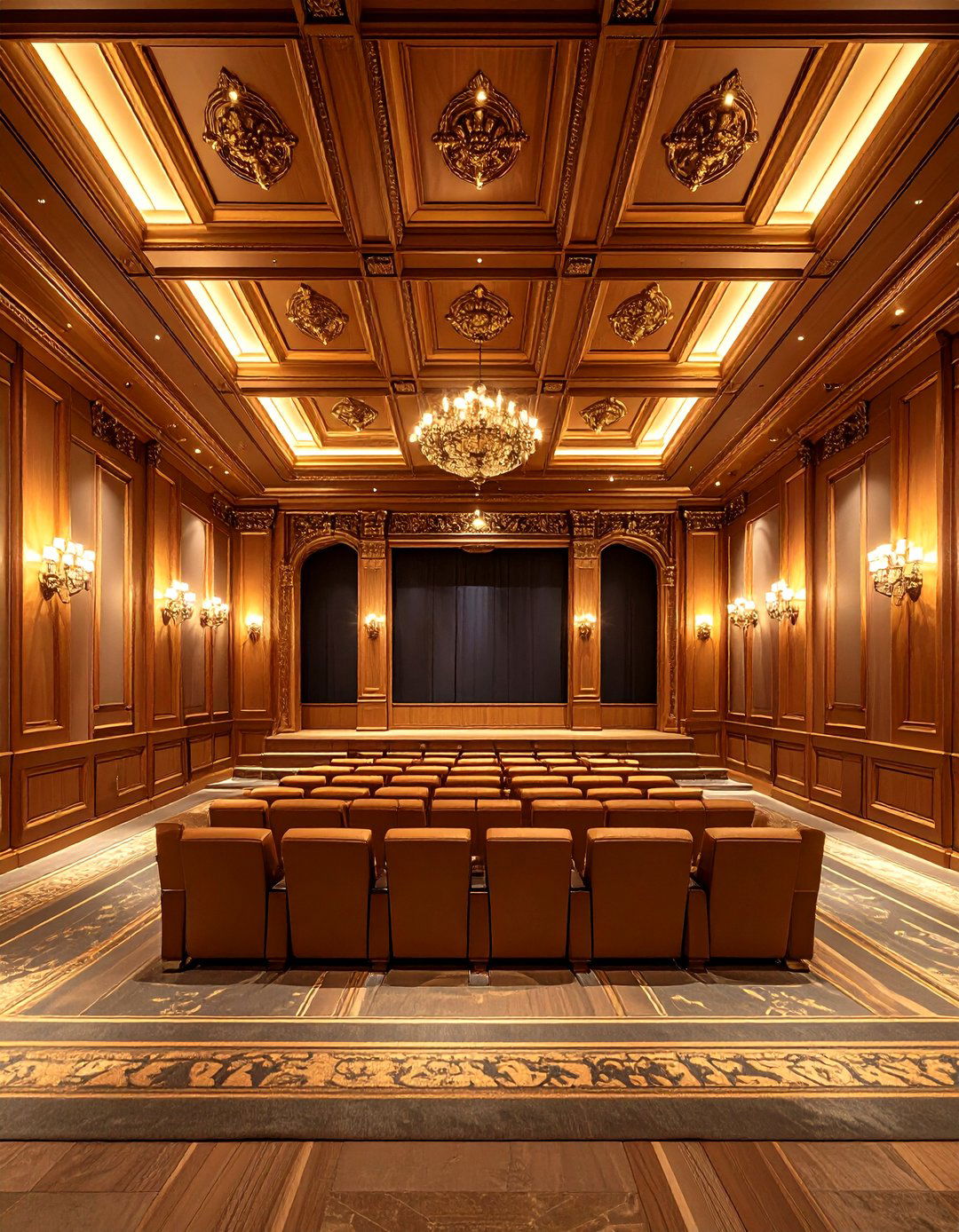
Coffered wall trim panels bring dramatic luxury typically reserved for ceilings to vertical surfaces, creating sophisticated focal points in formal spaces. These raised or recessed rectangular panels add substantial depth and architectural interest to large walls. Traditional applications feature elaborate molding profiles, while contemporary versions use clean, geometric lines. Installation requires careful planning and skilled craftsmanship to achieve professional results. Coffered panels work exceptionally well in home theaters, dining rooms, and master bedrooms where luxurious atmosphere is desired. Consider integrated lighting within panel recesses for added drama and functionality. Paint techniques can emphasize panel depth through contrasting colors or maintain subtle sophistication with monochromatic schemes. This wall trim style represents significant investment but delivers impressive architectural impact that enhances property value.
11. Beadboard Wall Trim Wainscoting
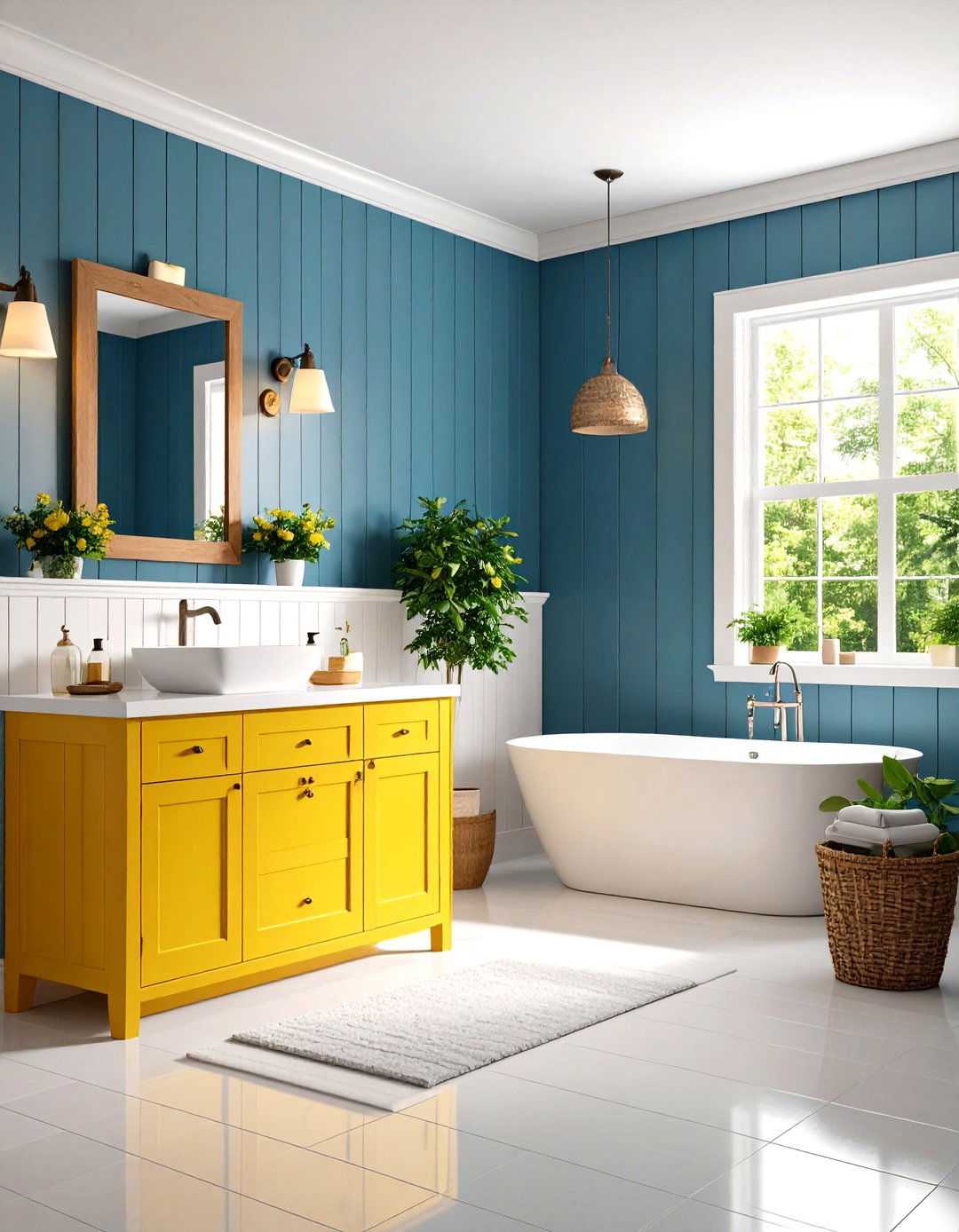
Beadboard wall trim wainscoting features narrow vertical planks with distinctive bead details, creating charming cottage-style character perfect for coastal and farmhouse interiors. This traditional paneling typically covers the lower third of walls, providing both protection and decorative appeal. The vertical lines create illusions of height while adding textural interest to any space. Installation options include individual planks for custom fit or pre-assembled panels for easier application. Beadboard works beautifully in kitchens, bathrooms, and mudrooms where moisture resistance and durability are important considerations. Paint finishes range from classic white for timeless appeal to bold colors for contemporary applications. Consider extending beadboard higher on walls or using as full-height treatment for dramatic impact in appropriate spaces.
12. Modern Minimalist Wall Trim
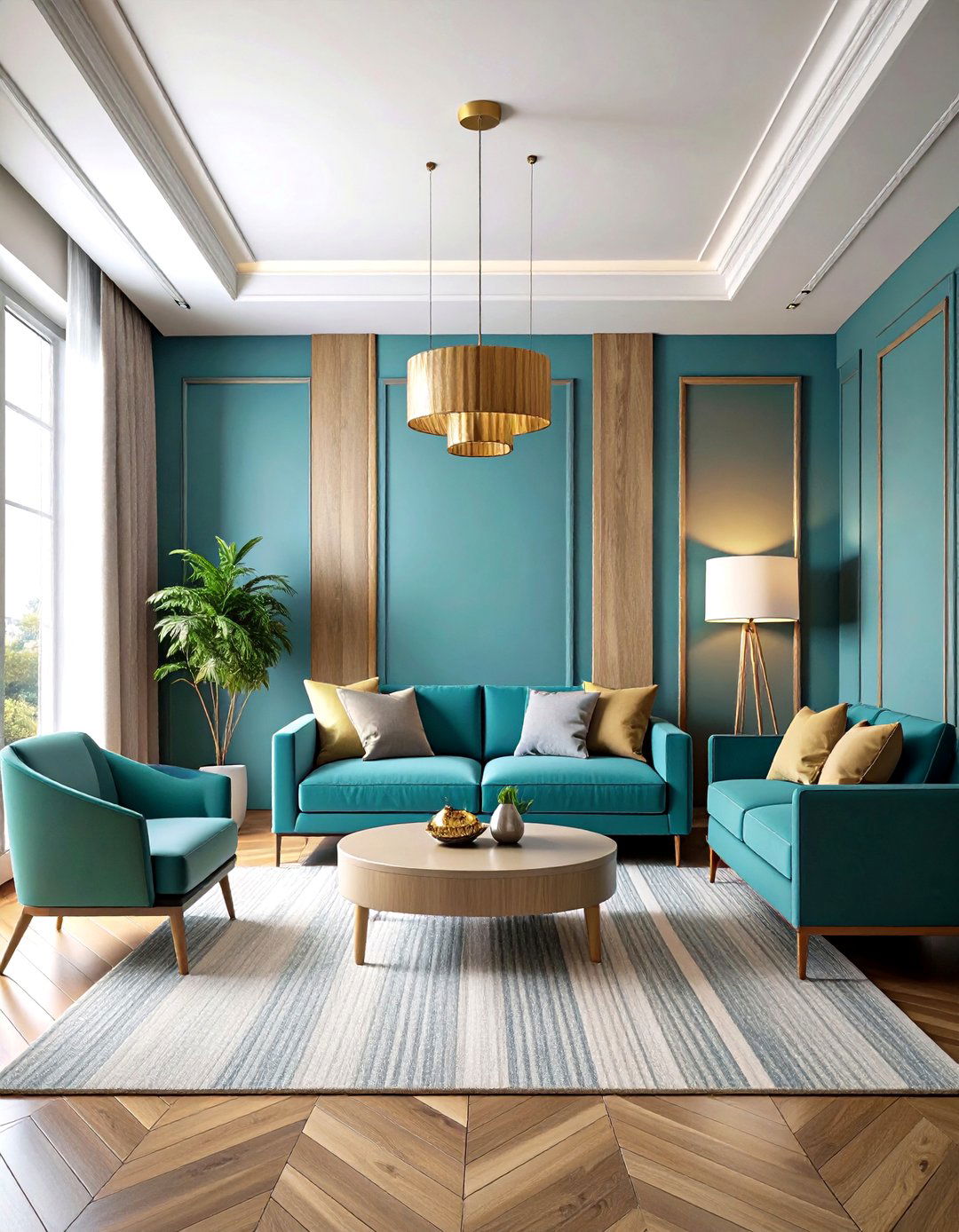
Modern minimalist wall trim emphasizes clean lines and simple profiles that blend seamlessly into contemporary interiors without overwhelming spaces. This approach favors thin, geometric shapes over ornate traditional moldings, creating subtle architectural interest. Materials often include painted MDF or metal options that maintain crisp edges and smooth finishes. The key principle involves less visual weight while still providing definition and structure to rooms. Installation focuses on precision and perfect alignment to achieve the understated elegance that defines minimalist design. This wall trim style works exceptionally well in open-plan homes where architectural elements must complement rather than compete with furnishings. Consider monochromatic color schemes that maintain visual calm while adding sophisticated textural details.
13. Rustic Reclaimed Wood Wall Trim
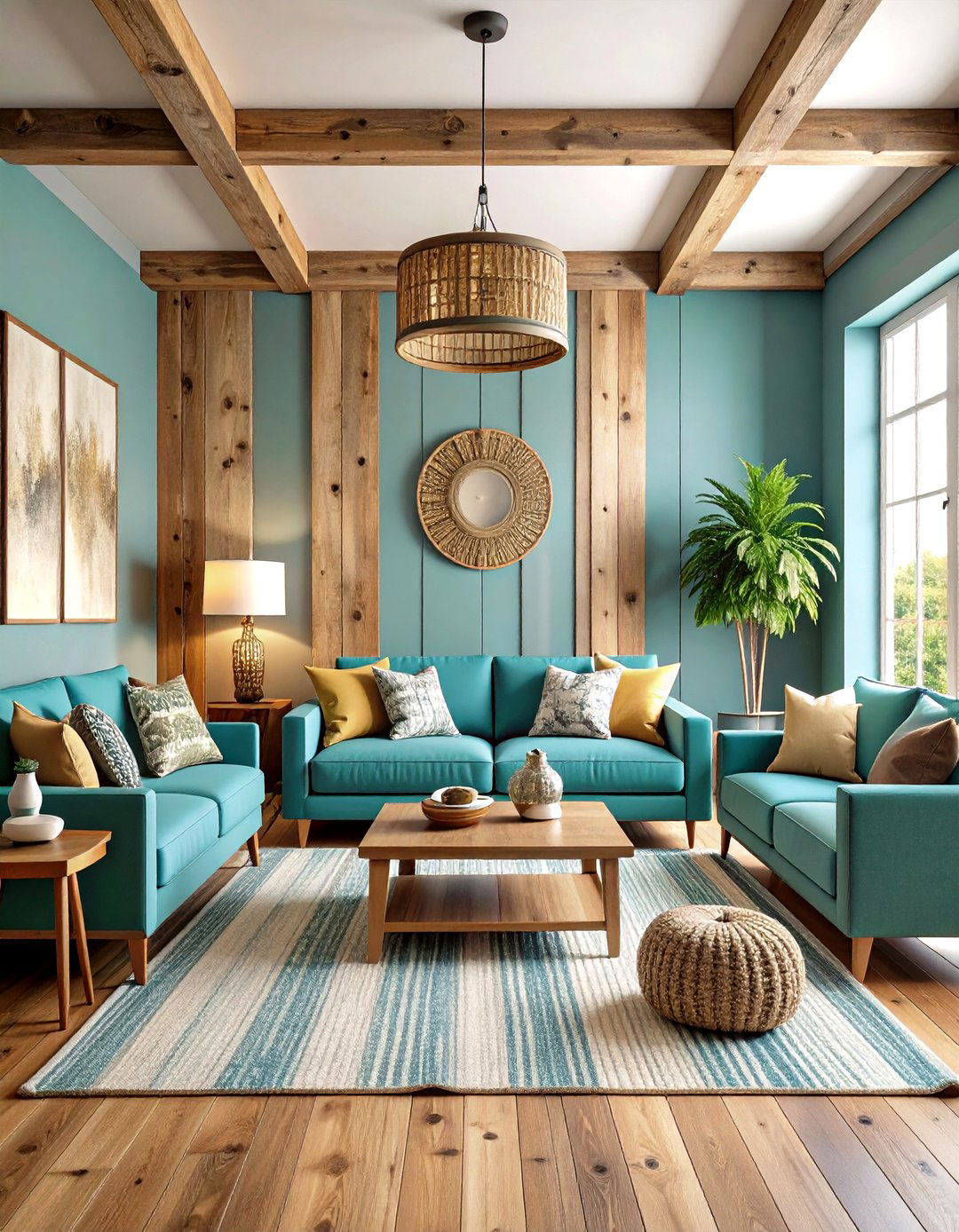
Rustic reclaimed wood wall trim brings authentic character and environmental consciousness to modern interiors through weathered materials with unique histories. Each piece features distinctive grain patterns, nail holes, and patina that cannot be replicated in new lumber. This sustainable approach reduces waste while adding warmth and texture to contemporary spaces. Installation may require additional preparation to ensure consistent thickness and clean edges. Reclaimed wood works particularly well as accent walls, wainscoting, or board and batten applications where natural imperfections enhance rather than detract from overall design. Consider sealing treatments to protect against moisture while preserving authentic appearance. This wall trim choice appeals to homeowners seeking unique, environmentally responsible design elements that tell stories and create conversation pieces within their homes.
14. LED-Integrated Wall Trim Systems

LED-integrated wall trim systems combine architectural details with functional lighting, creating modern solutions that enhance both aesthetics and functionality. These innovative designs embed lighting strips within trim profiles, providing ambient illumination that eliminates shadows and creates dramatic effects. Installation requires electrical planning and may need professional assistance for proper integration. Color-changing LED options offer customizable lighting effects for different moods and occasions. This wall trim approach works exceptionally well along baseboards, crown molding, or accent panels where indirect lighting enhances room atmosphere. Consider dimming controls for versatility in lighting levels throughout the day. LED integration represents cutting-edge design thinking that appeals to technology-conscious homeowners seeking contemporary solutions that combine form and function in unexpected ways.
15. Metallic Finish Wall Trim Accents
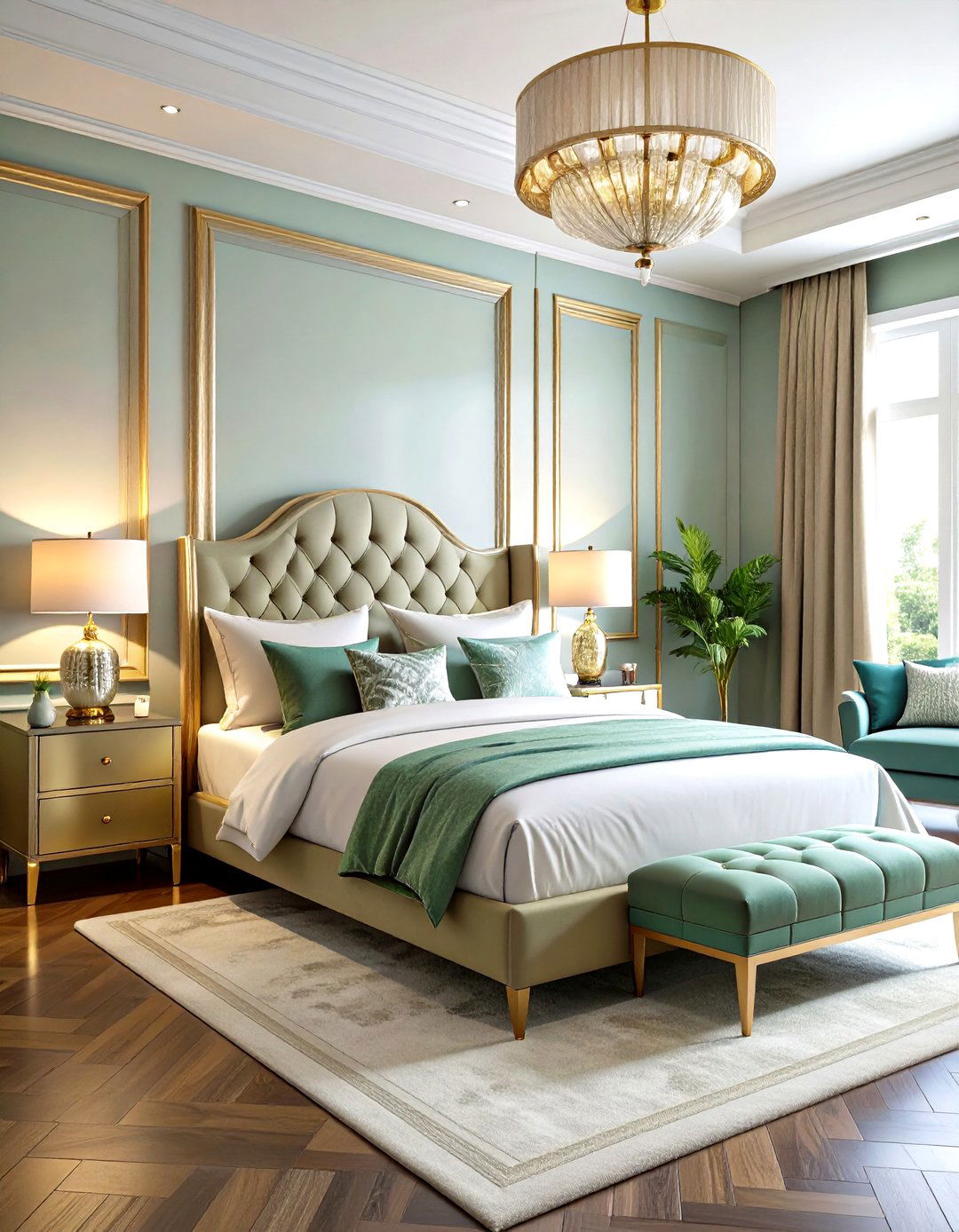
Metallic finish wall trim accents introduce luxury and sophistication through gold, silver, bronze, or copper details that elevate high-end interiors. These statement pieces work particularly well in formal dining rooms, entryways, and master bedrooms where glamorous atmosphere is desired. Application techniques include metallic paints, leafing, or actual metal trim pieces depending on desired effect and budget considerations. The reflective properties add depth and visual interest while complementing jewel-toned wall colors or rich neutral schemes. Installation requires careful attention to lighting conditions that will affect metallic appearance throughout different times of day. This wall trim approach creates focal points that draw attention and create memorable design statements. Consider balancing metallic elements with matte finishes to prevent overwhelming spaces with too much shine.
16. Curved Wall Trim Archways
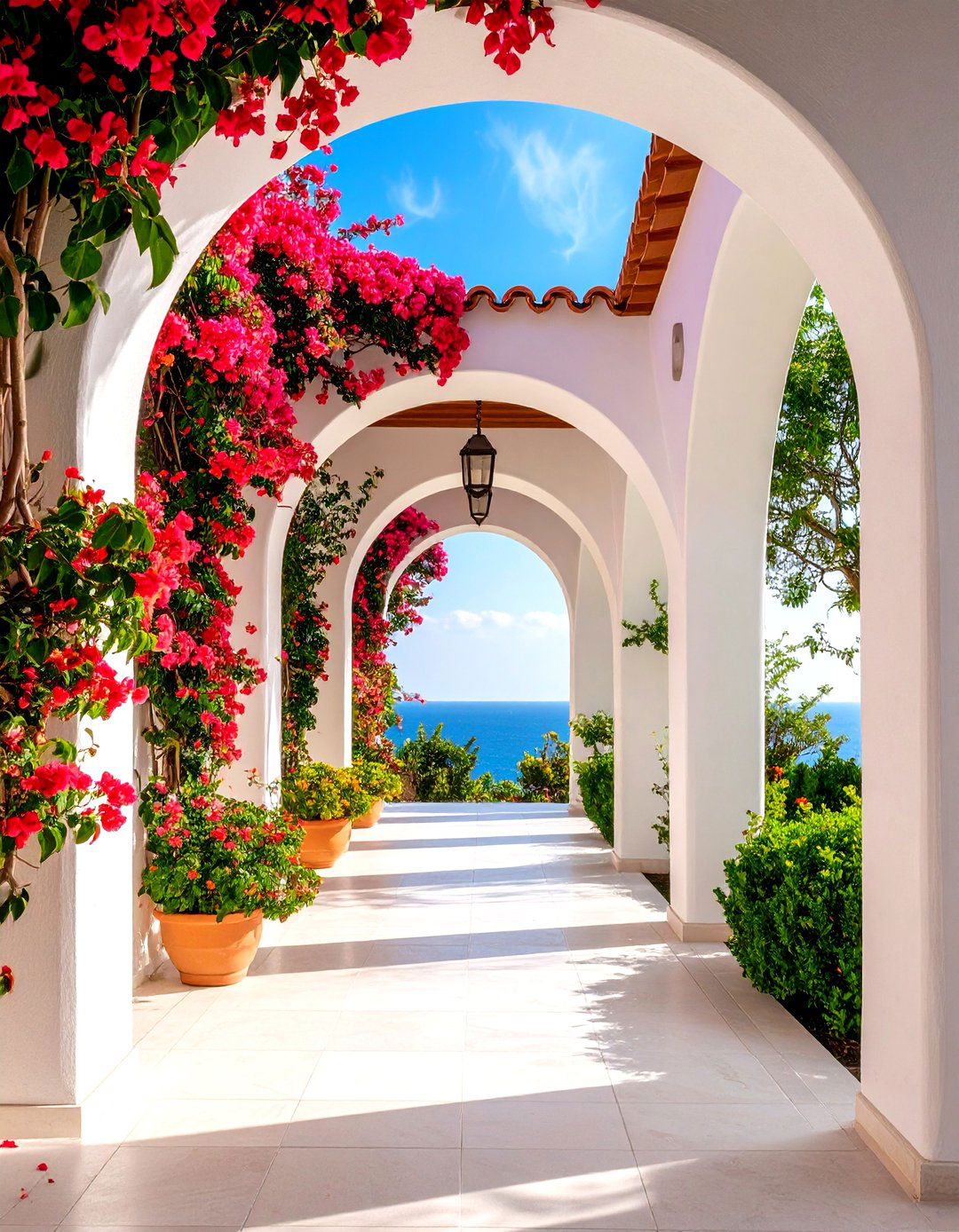
Curved wall trim archways soften harsh architectural lines while creating graceful transitions between spaces, embodying the 2025 trend toward warmer, more organic design elements. These elegant features work particularly well in doorways, alcoves, and room divisions where gentle definition is preferred over sharp corners. Installation requires flexible trim materials or skilled craftsmanship to achieve smooth curves without visible joints. Consider various arch styles from subtle curves to dramatic Roman arches depending on your design goals. This wall trim approach works beautifully in Mediterranean, transitional, and contemporary interiors where flowing lines create visual harmony. Curved elements provide welcome relief from geometric patterns while maintaining sophisticated architectural interest. Professional installation ensures proper proportions and seamless integration with existing room features.
17. Textured Wall Trim Surfaces
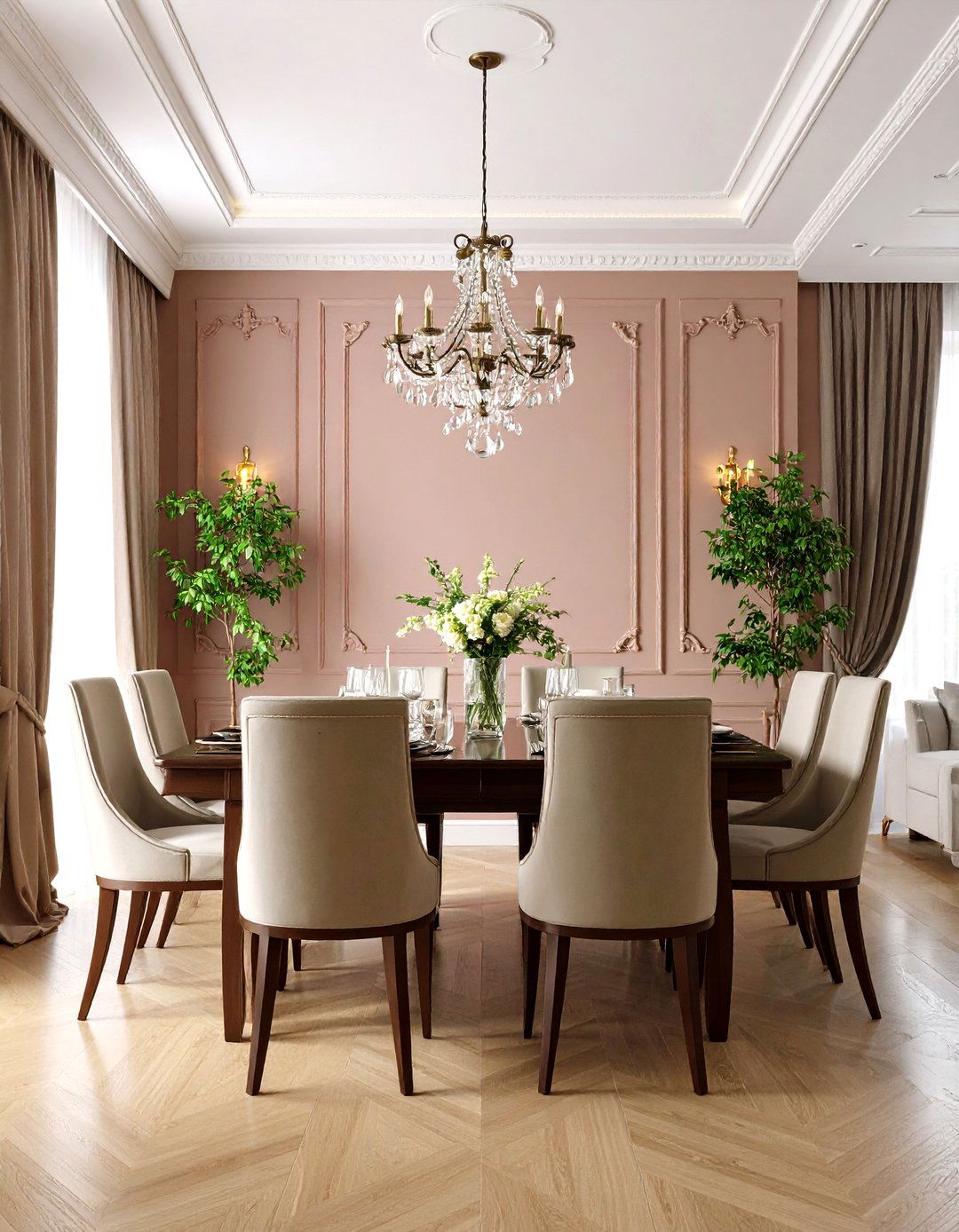
Textured wall trim surfaces add tactile interest and visual depth through raised patterns, rope details, or carved elements that create sophisticated focal points. These dimensional treatments work particularly well as accent features where touch and sight combine to enhance sensory experience. Materials range from carved wood for traditional applications to molded composites for contemporary designs. Installation considerations include proper spacing and alignment to showcase textural details effectively. Textured trim works beautifully in entryways, dining rooms, and bedrooms where intimate scale allows appreciation of fine details. Consider lighting placement to emphasize textural qualities through strategic shadow play. Paint techniques can either emphasize or minimize textural elements depending on desired effect. This wall trim approach appeals to homeowners seeking unique architectural elements that provide sophisticated alternatives to smooth, plain surfaces.
18. Sustainable Bamboo Wall Trim
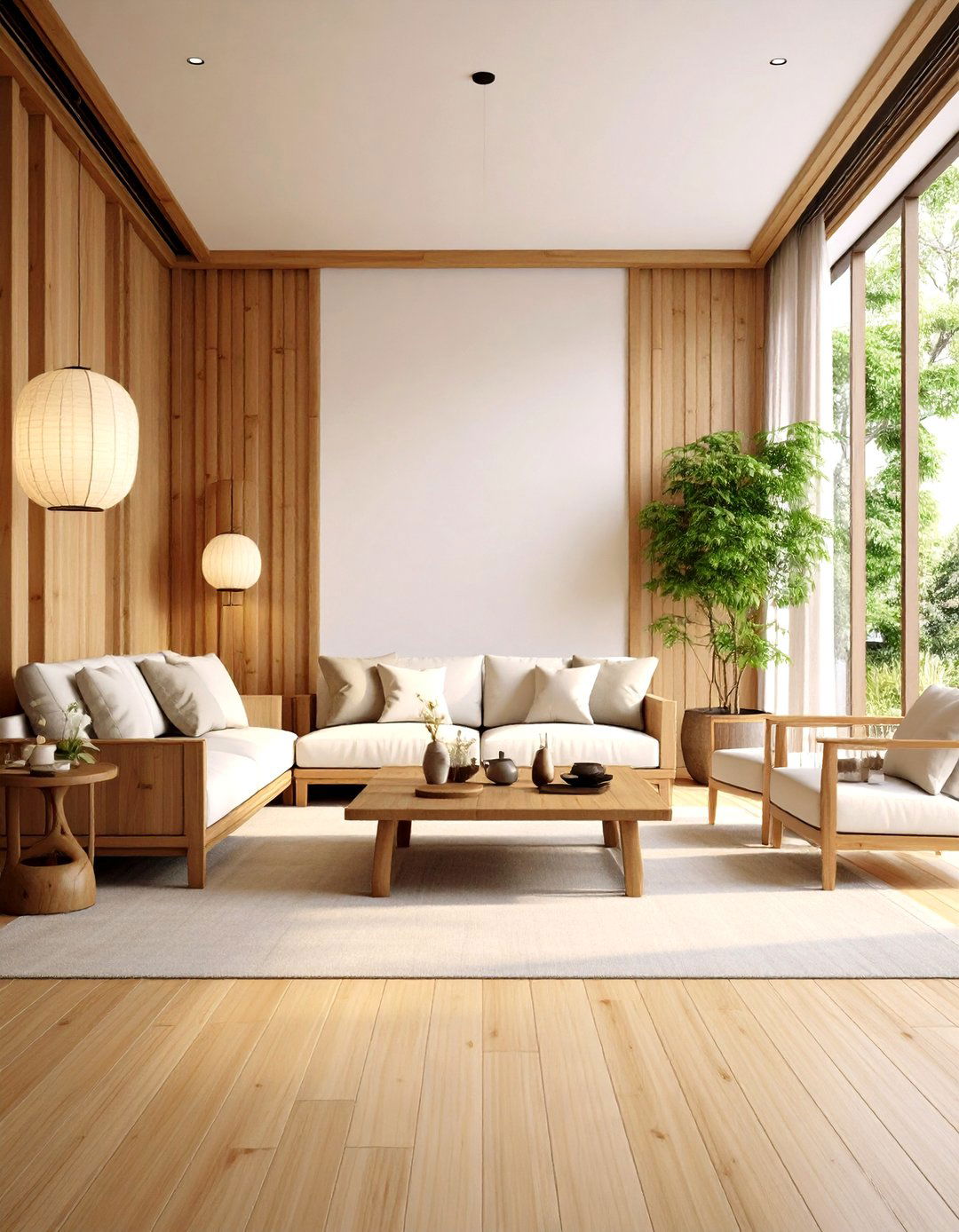
Sustainable bamboo wall trim offers environmentally conscious design solutions that combine rapid renewable materials with sophisticated aesthetic appeal. Bamboo's natural strength and flexibility make it excellent for various trim applications while reducing environmental impact compared to traditional hardwoods. The distinctive grain patterns and natural color variations create unique visual interest without additional finishing requirements. Installation techniques mirror traditional wood trim methods while offering superior moisture resistance for bathroom and kitchen applications. Bamboo wall trim works particularly well in contemporary and Asian-inspired interiors where natural materials enhance design themes. Consider bamboo's natural color range from light honey tones to rich caramel hues that complement various paint schemes. This choice appeals to environmentally conscious homeowners seeking sustainable building materials that maintain design integrity.
19. Two-Tone Wall Trim Color Schemes
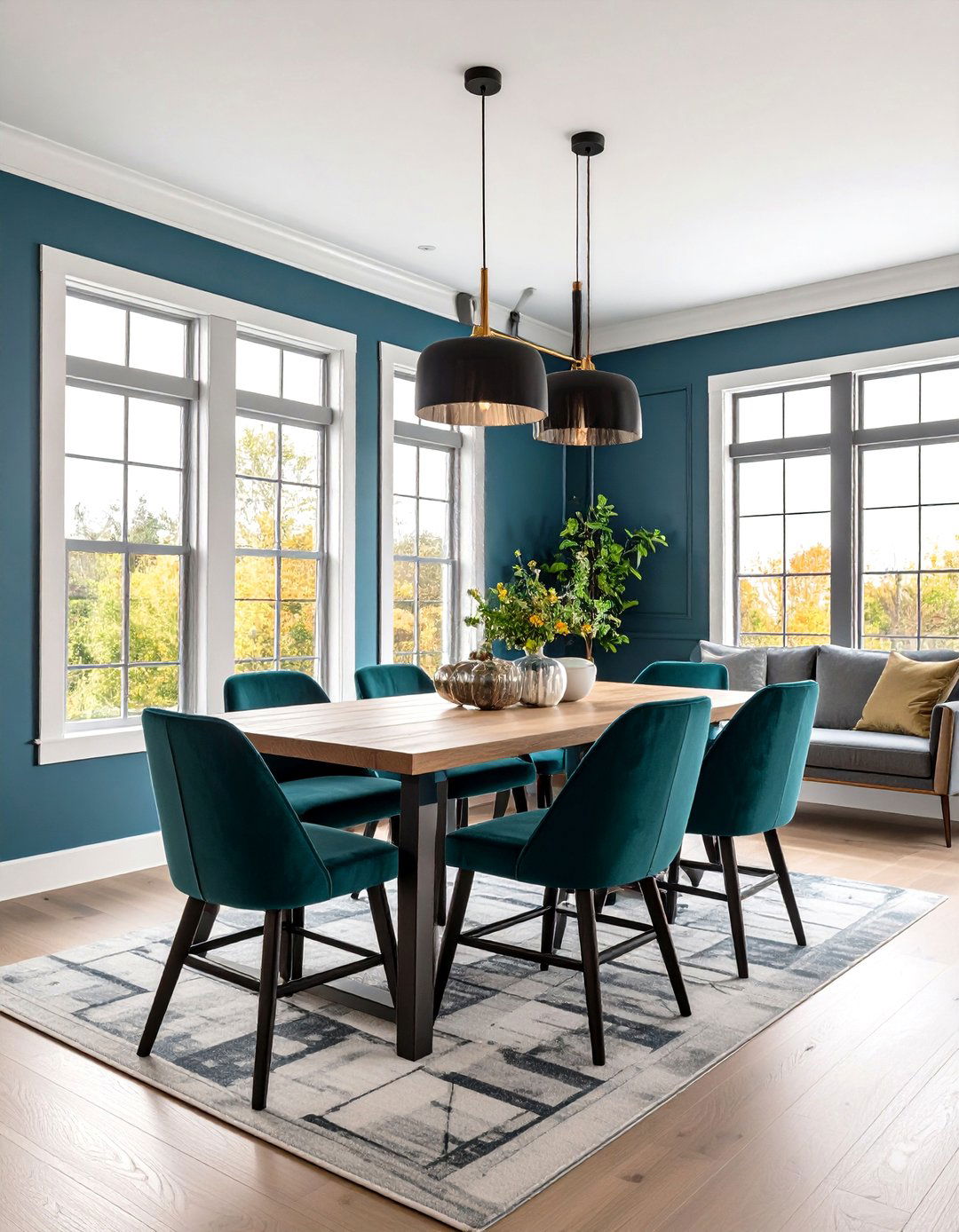
Two-tone wall trim color schemes create dramatic visual impact through contrasting colors that define architectural elements while adding bold personality to any space. This approach involves painting trim in colors that significantly differ from wall colors, creating strong definition and architectural emphasis. Popular combinations include dark trim against light walls or bright accent colors against neutral backgrounds. Installation requires careful attention to clean paint lines and professional edge work for polished appearance. Two-tone schemes work particularly well in contemporary and eclectic interiors where bold design statements are welcome. Consider room lighting and size when selecting color combinations to ensure desired effects. This wall trim approach allows for creative expression while maintaining sophisticated architectural details that enhance rather than overwhelm interior design schemes.
20. Mixed Material Wall Trim Combinations

Mixed material wall trim combinations create dynamic, visually interesting spaces by incorporating multiple materials such as wood, metal, glass, or stone within single applications. This contemporary approach allows for creative expression while adding textural variety and sophisticated design complexity. Installation requires careful planning to ensure compatible materials and proper connection methods. Consider combining wood trim with metal accents, stone borders with glass panels, or traditional molding with contemporary materials for unique effects. This wall trim style works particularly well in modern and transitional interiors where eclectic design elements create personalized spaces. Professional consultation may be beneficial for complex material combinations requiring specialized installation techniques. Mixed materials offer unlimited creative possibilities while maintaining architectural integrity and design sophistication that reflects current trends toward personalized, unique interior environments.
Conclusion:
Wall trim transforms ordinary spaces into architecturally sophisticated environments that reflect personal style while adding lasting value to your home. From classic crown molding to innovative LED-integrated systems, these 20 wall trim ideas offer solutions for every design preference and budget consideration. Whether you choose traditional wainscoting for timeless elegance or geometric patterns for contemporary appeal, proper planning and quality installation ensure professional results that enhance your interior design vision.


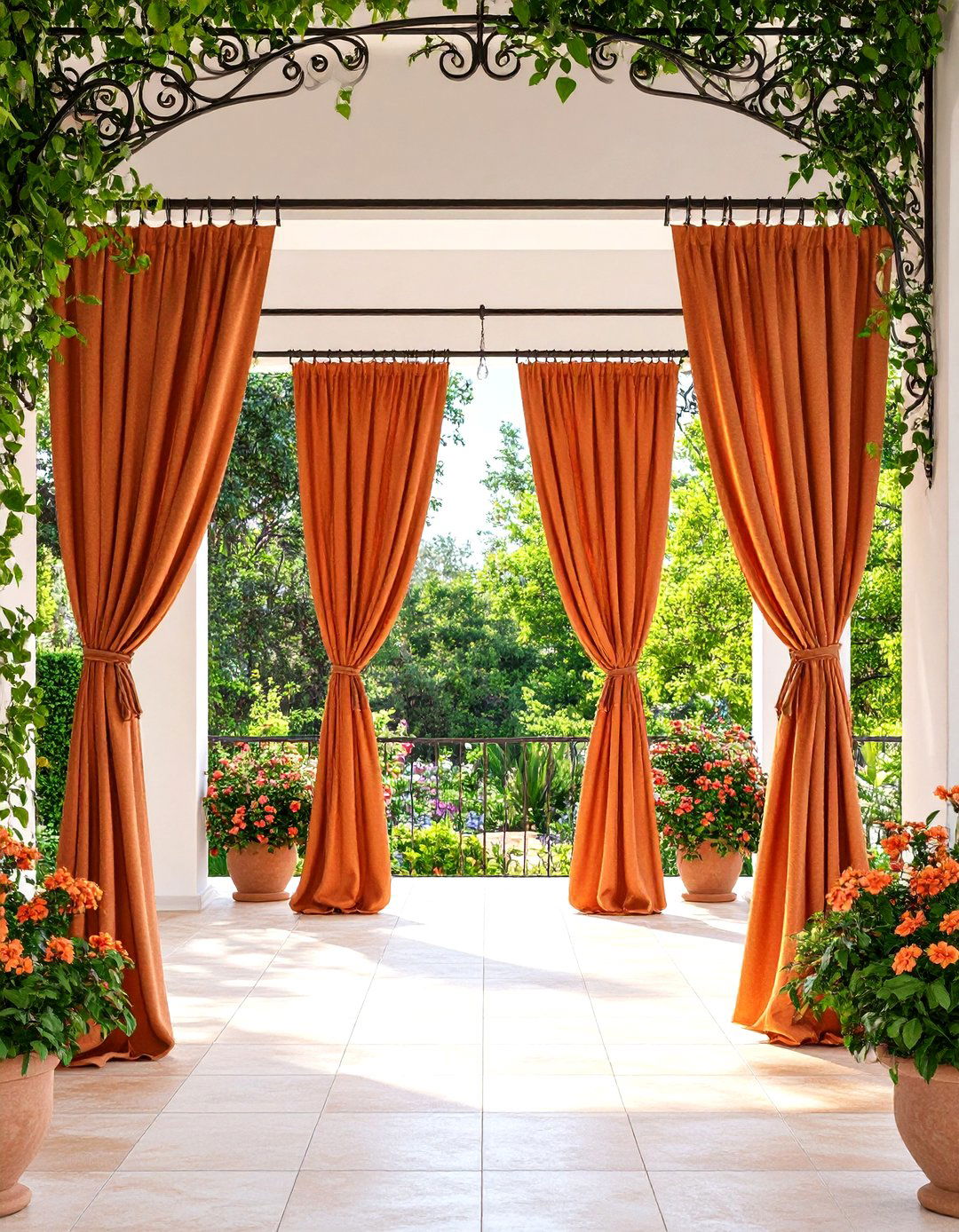
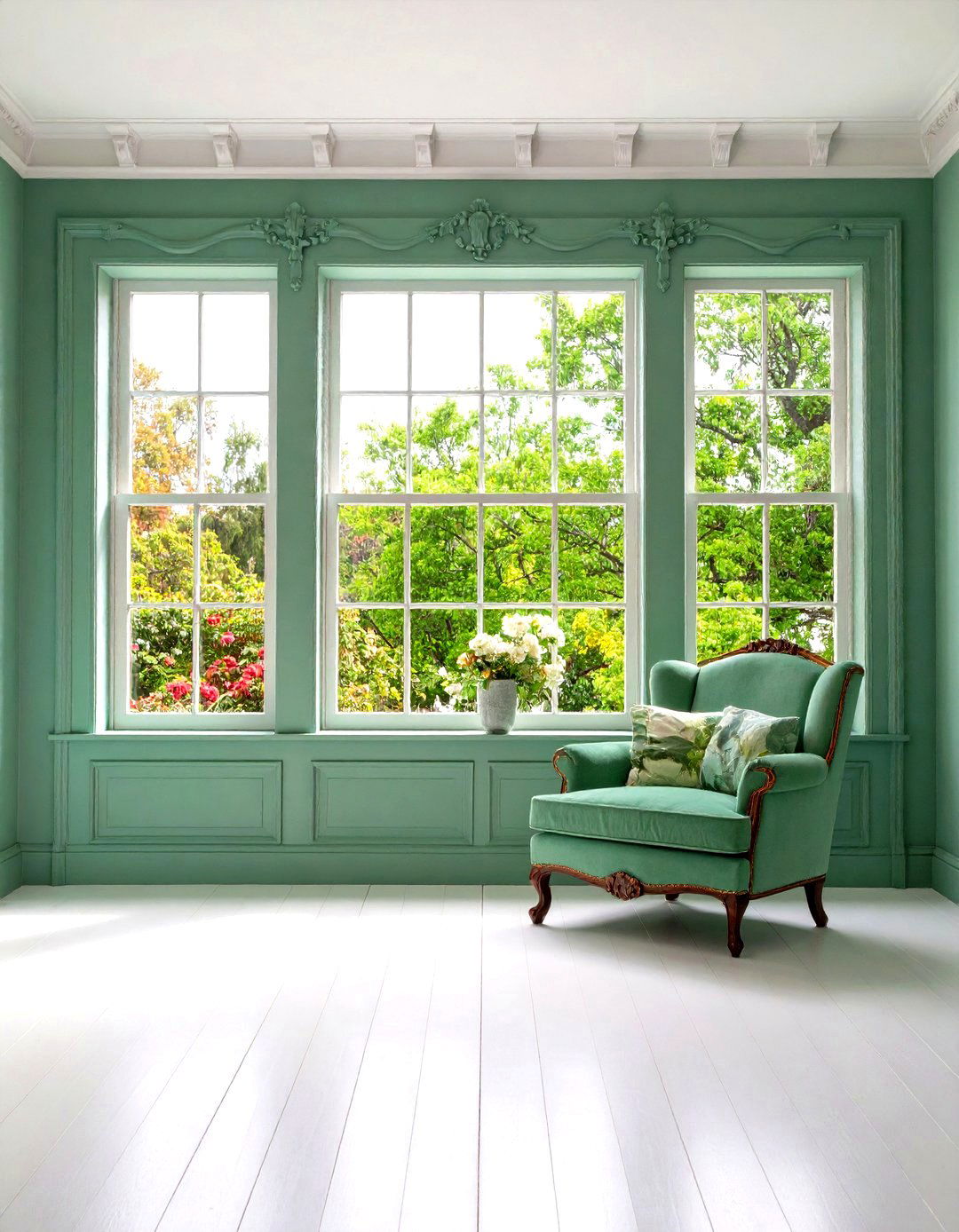
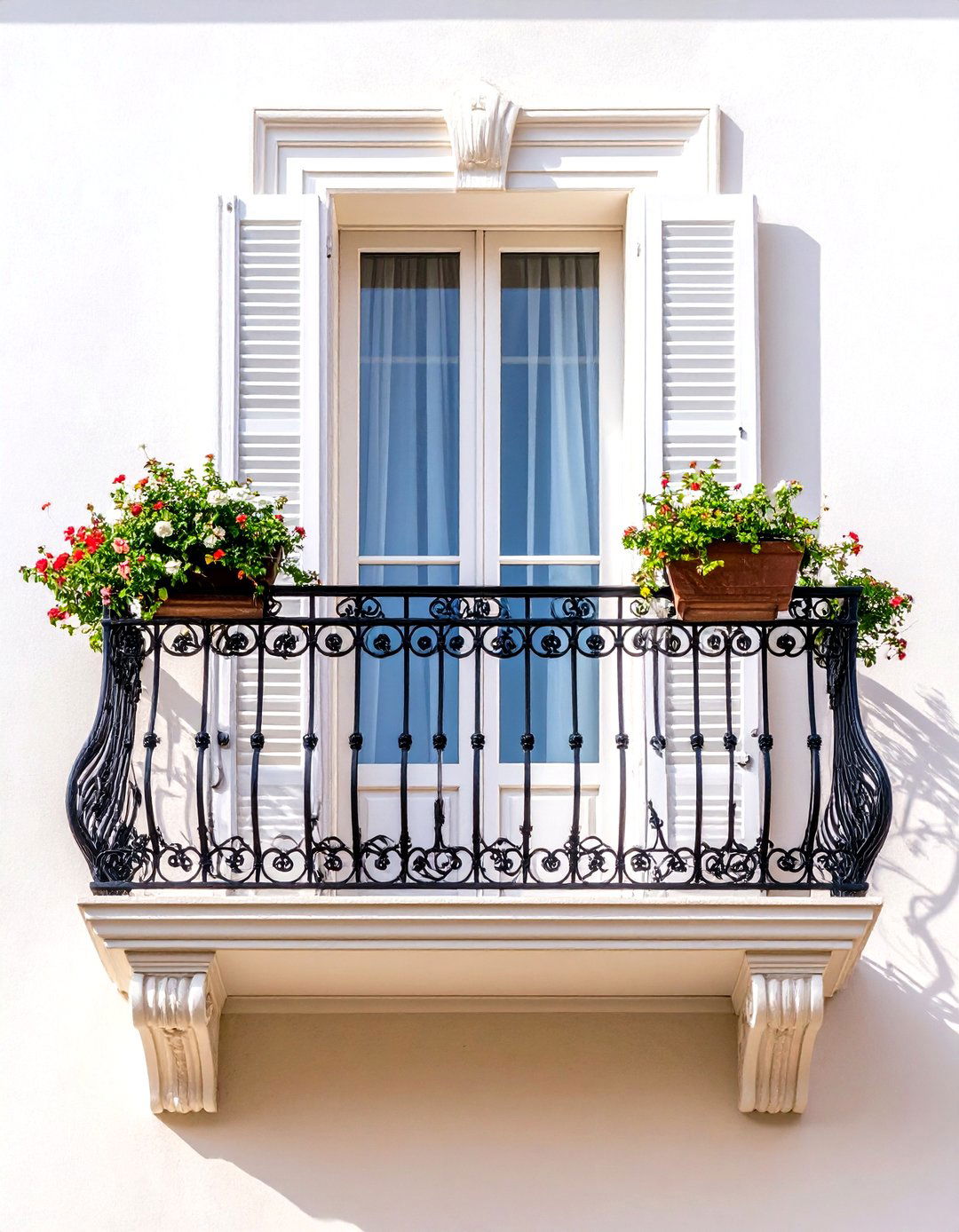
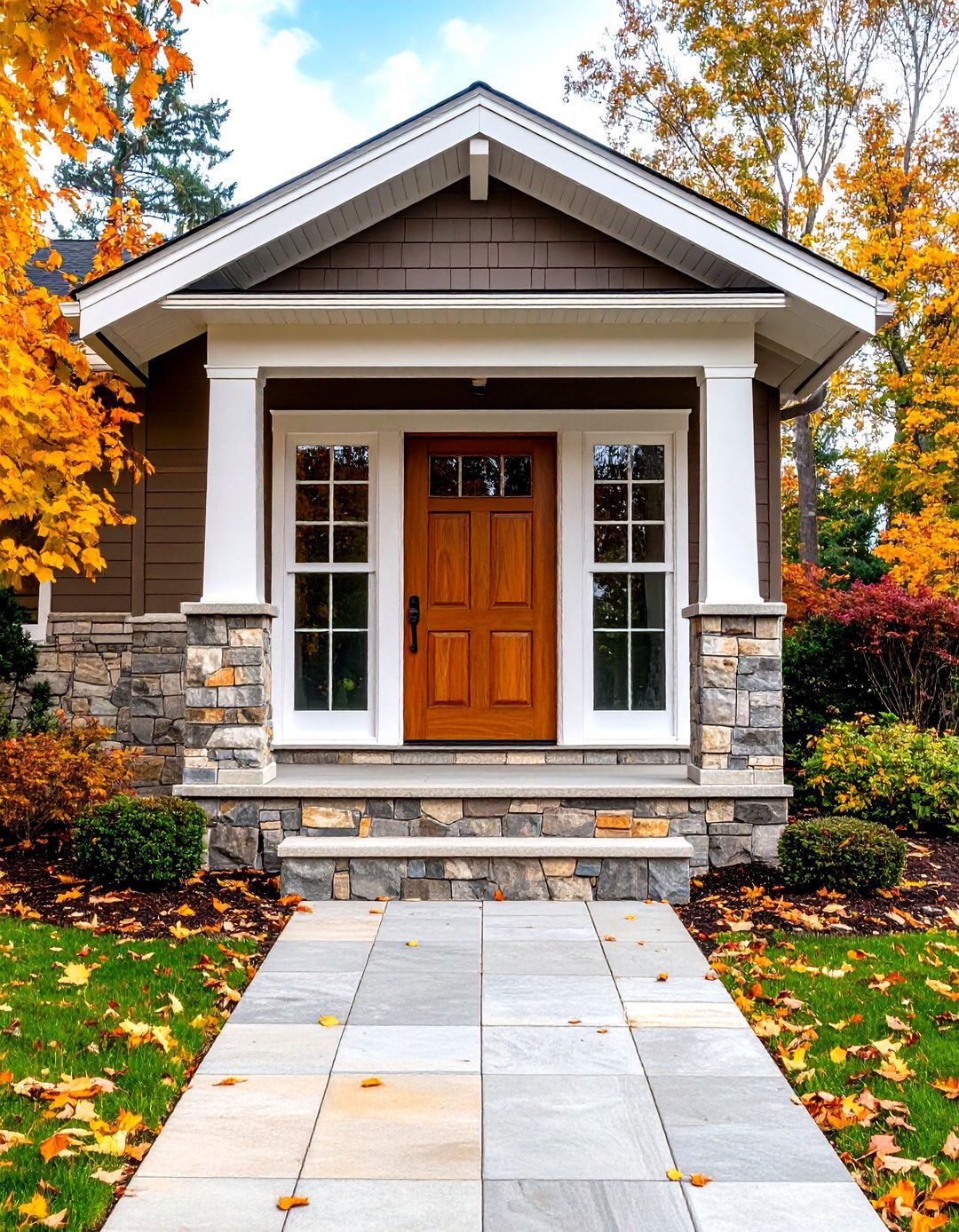
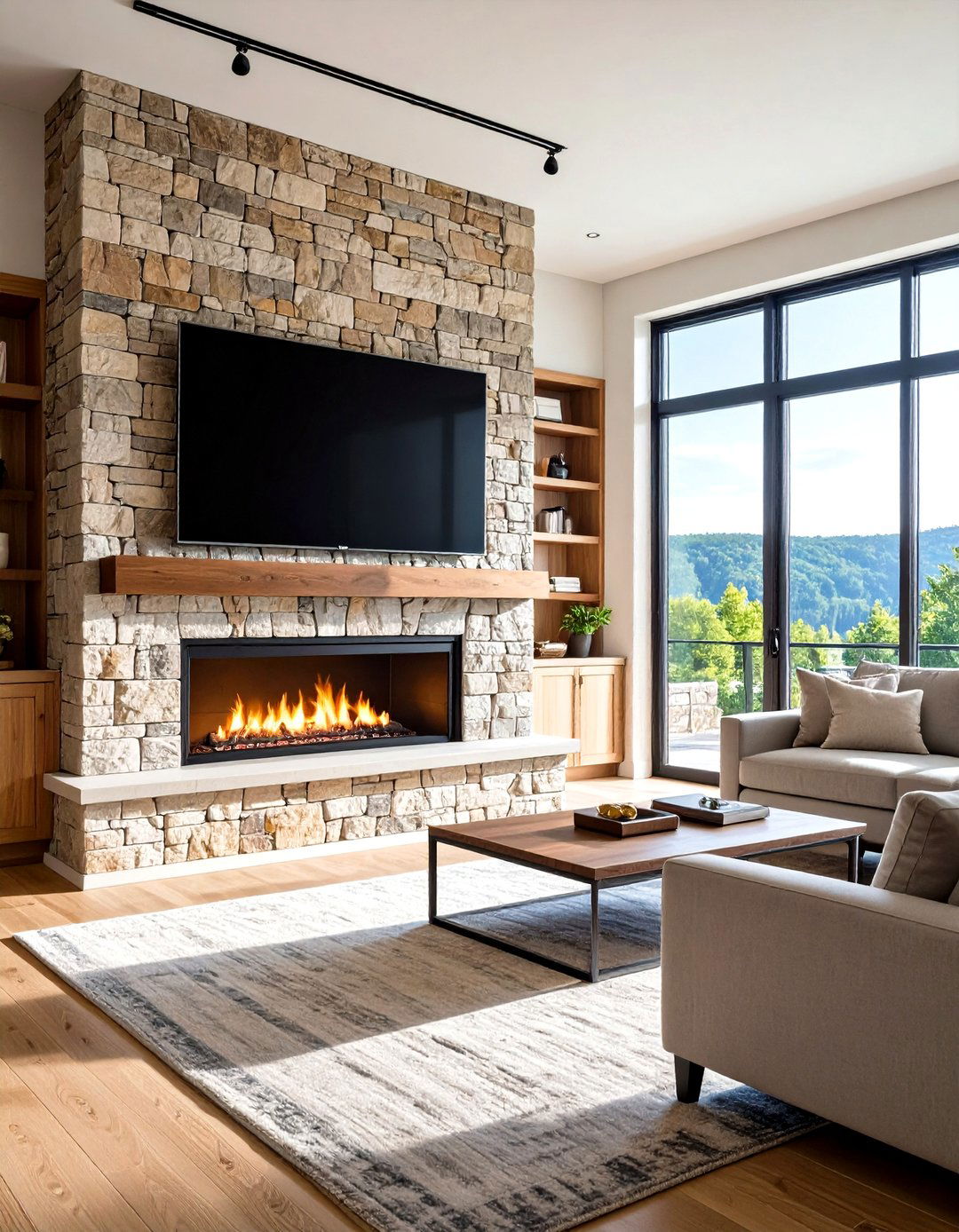
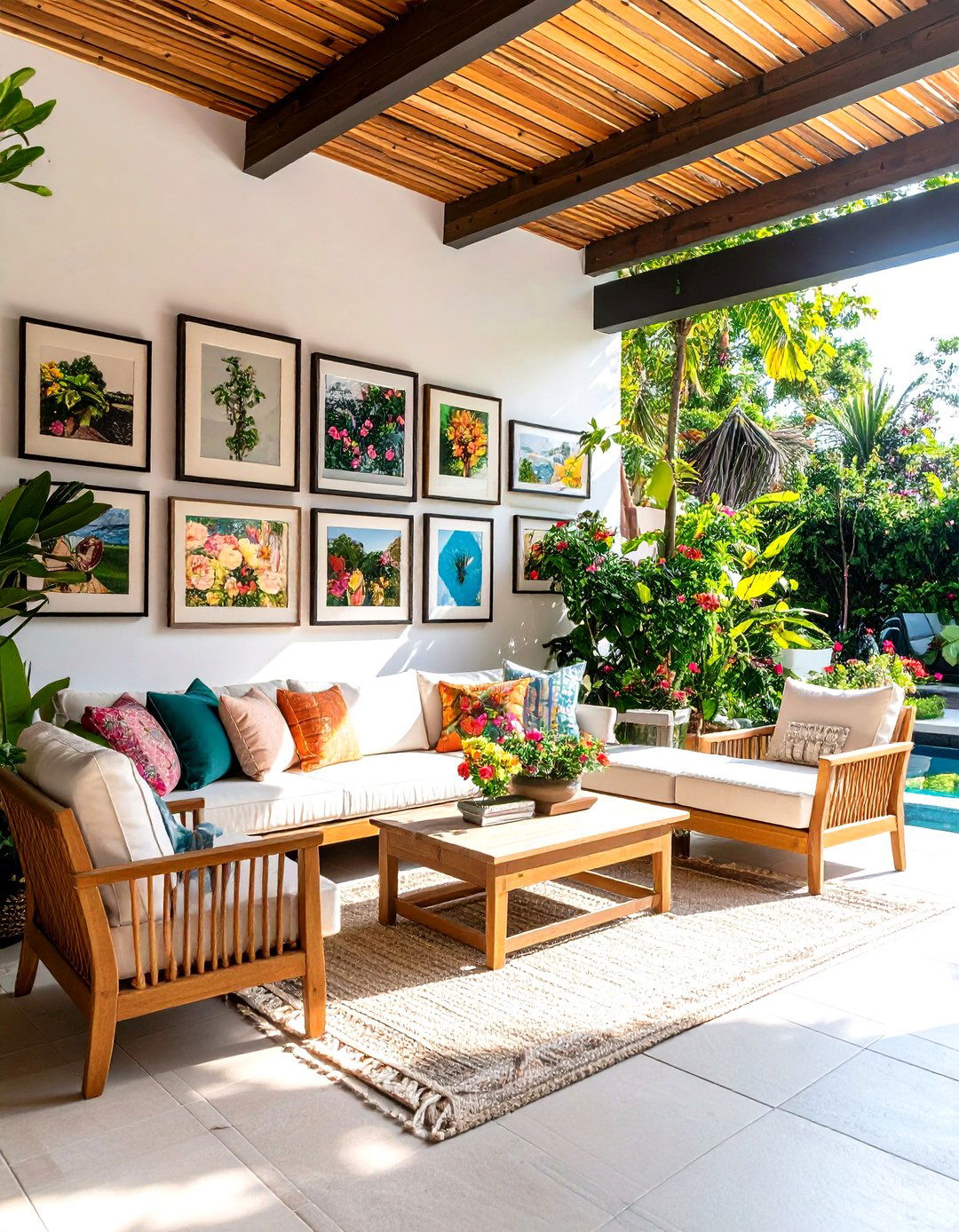

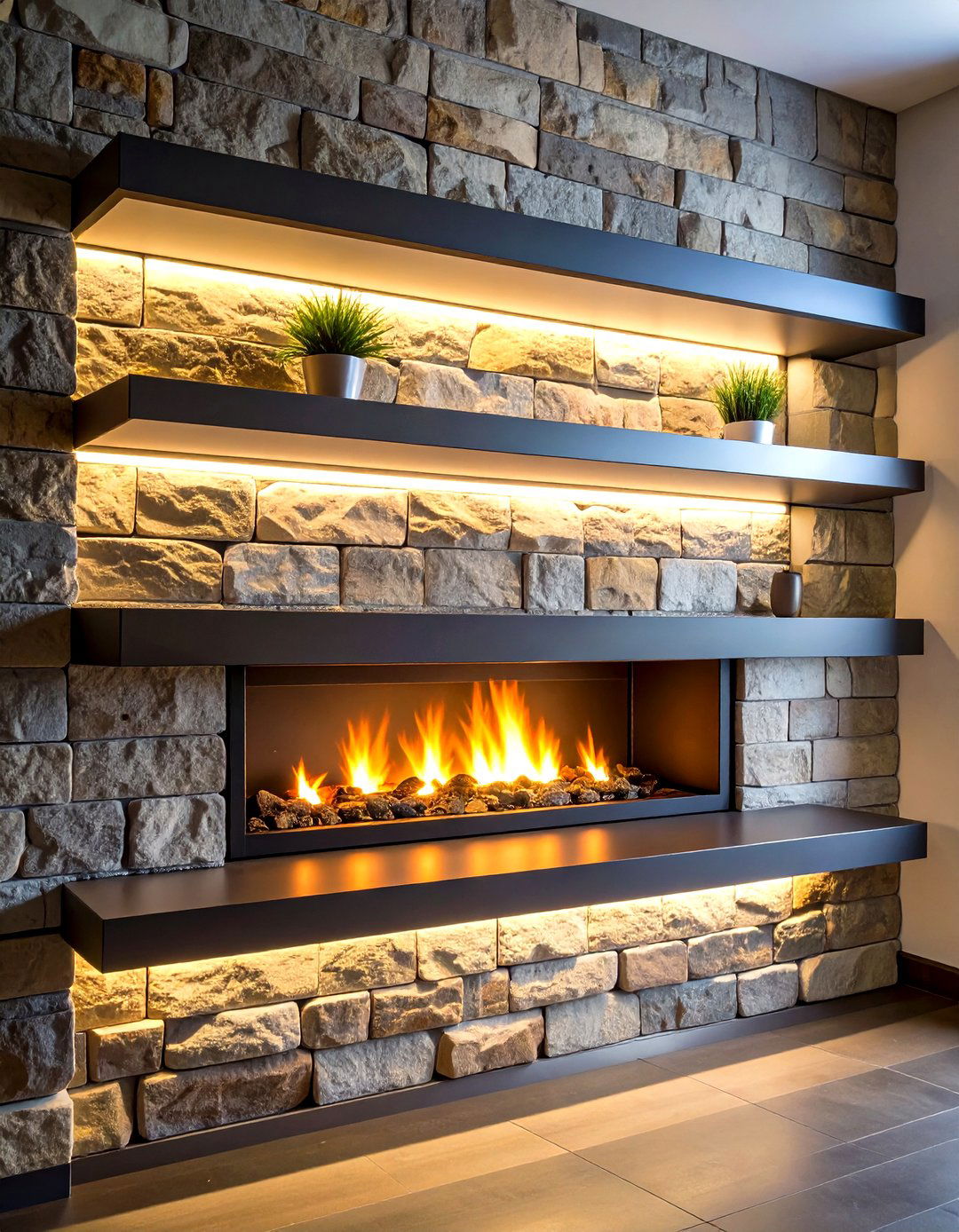
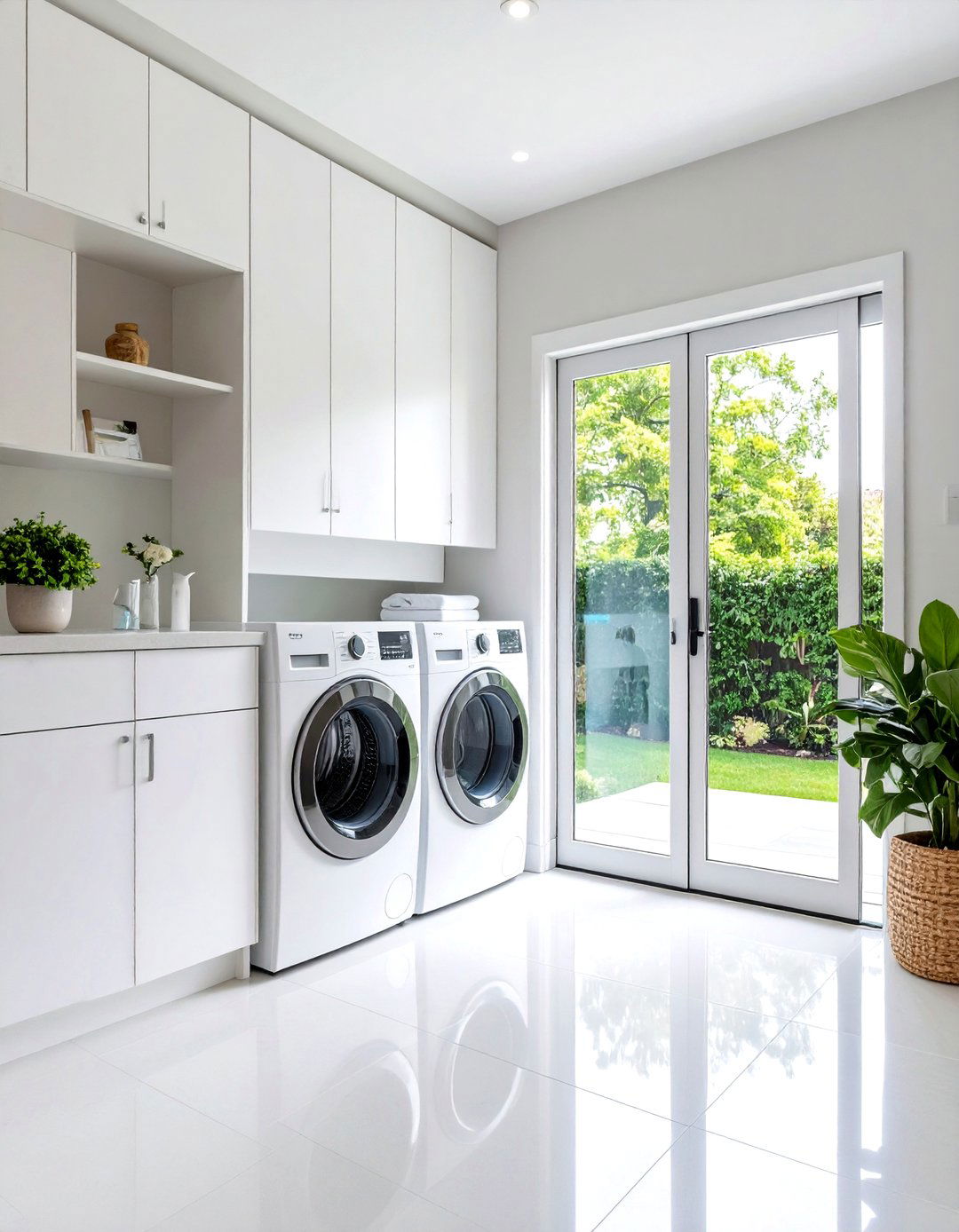

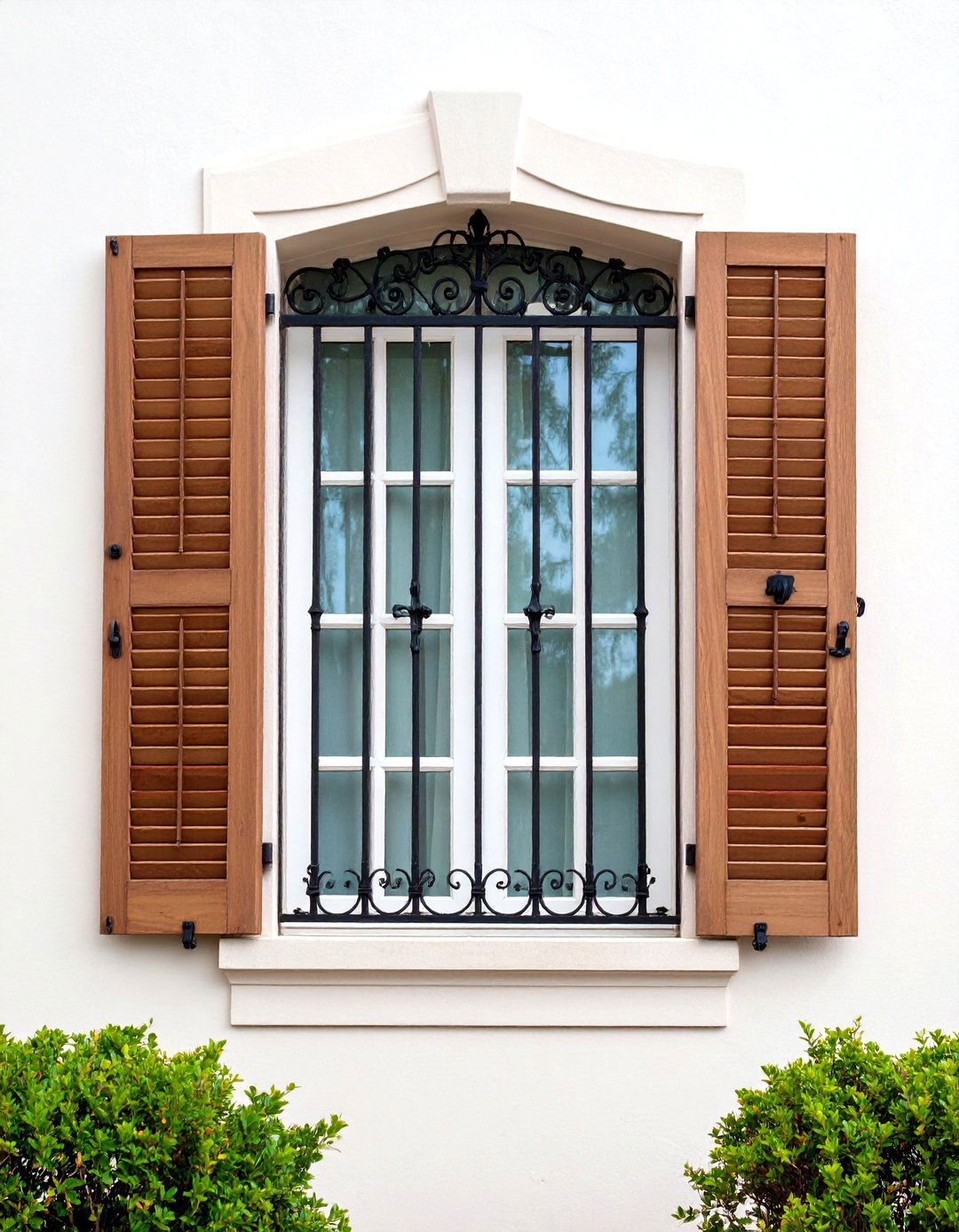
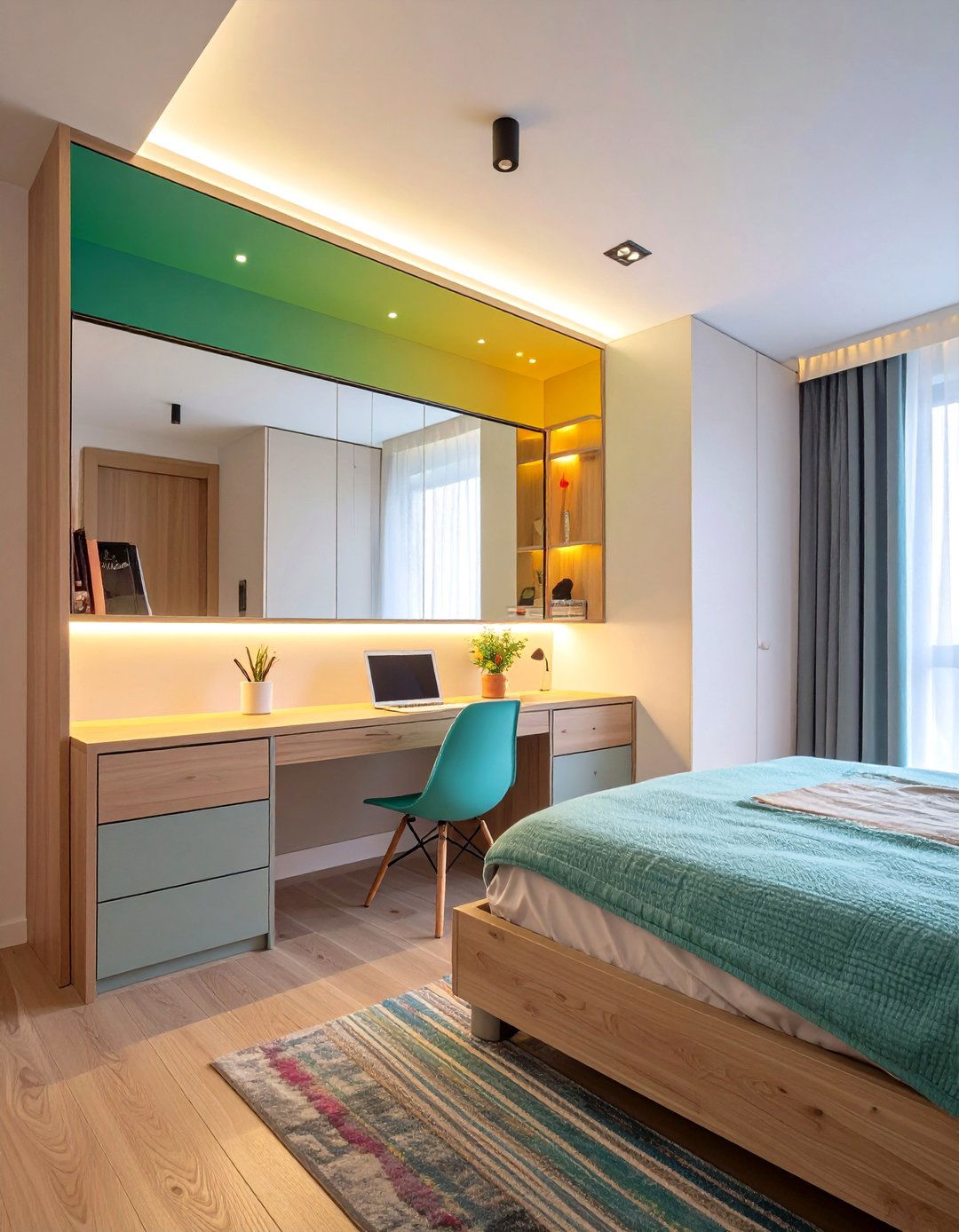
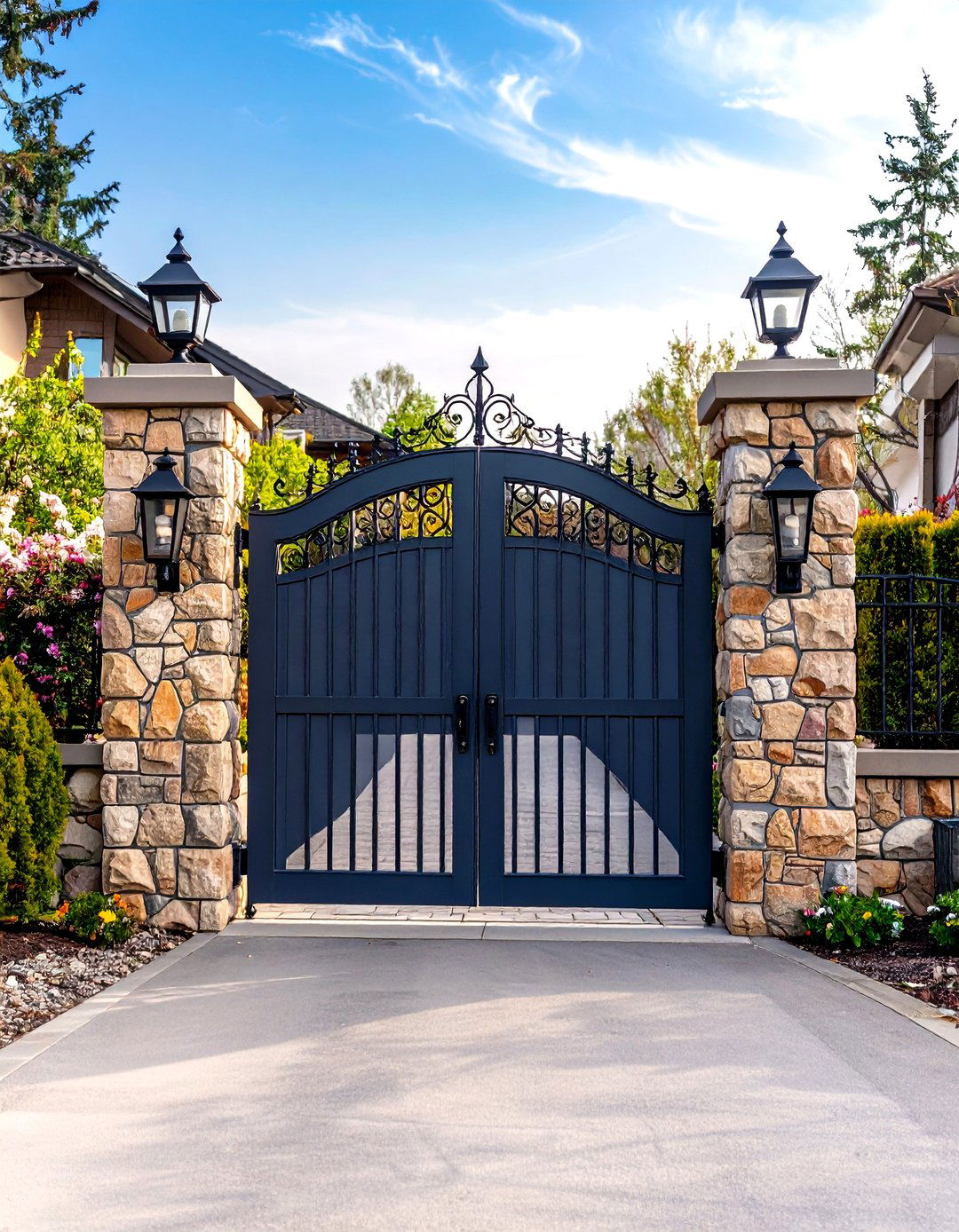
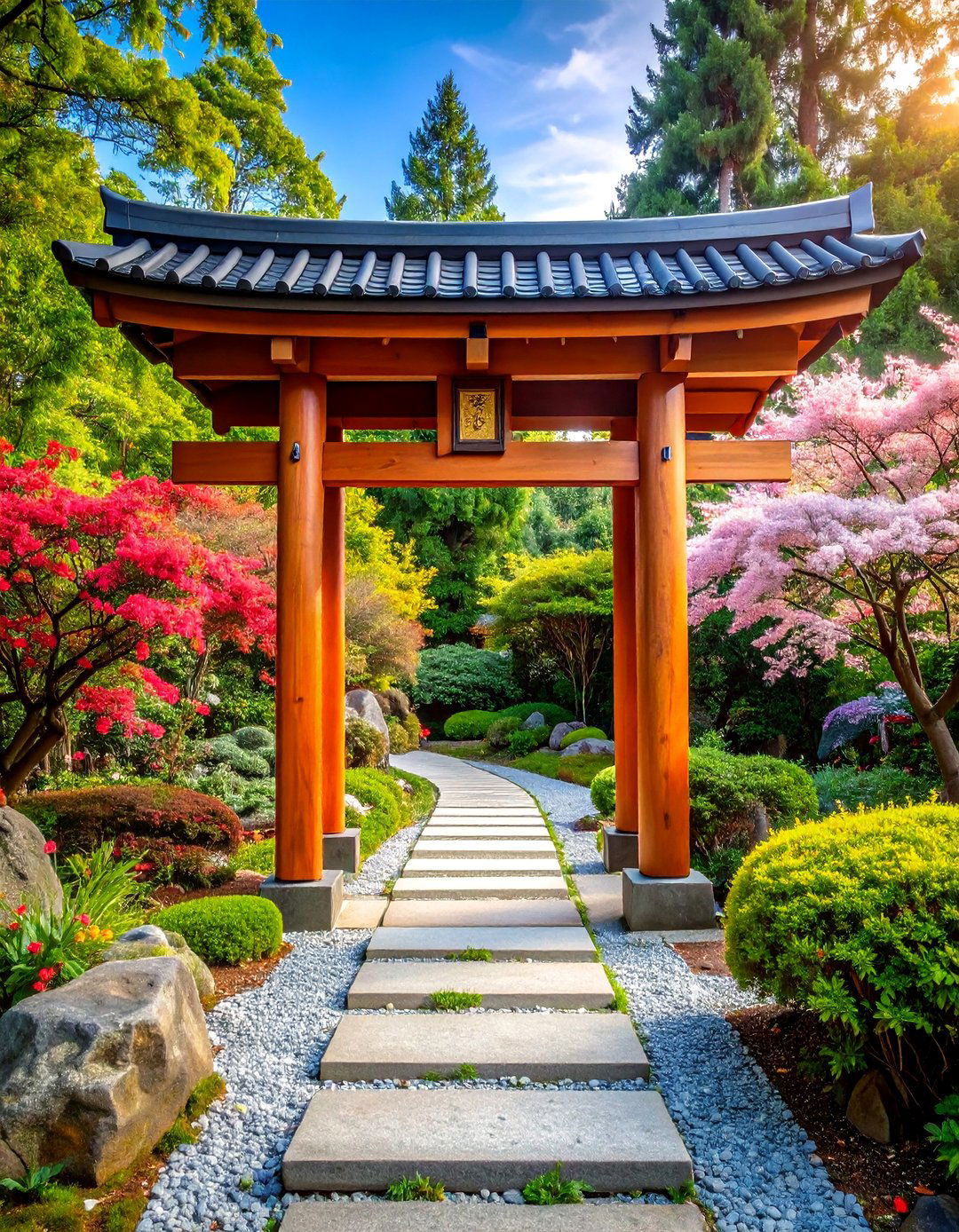
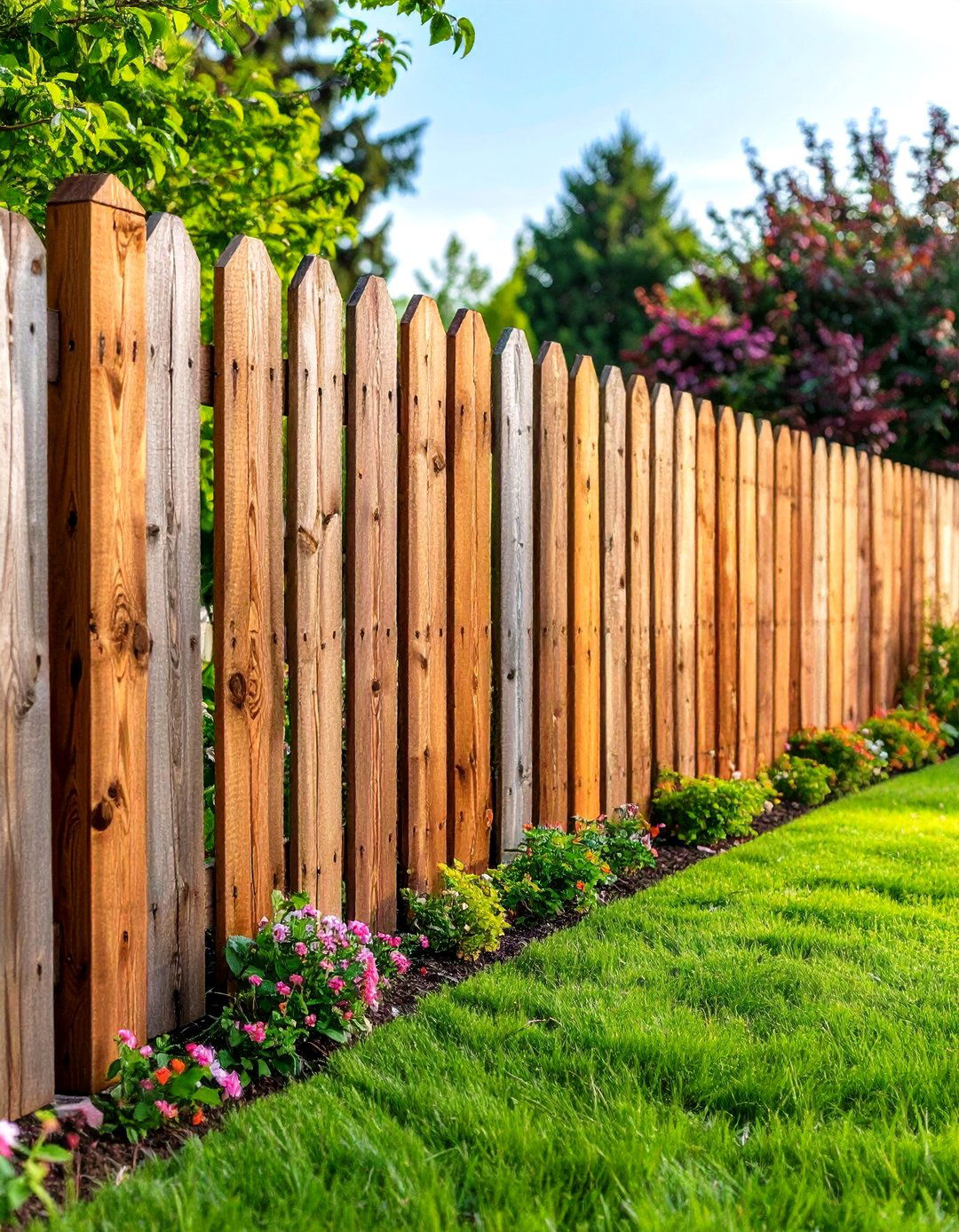
Leave a Reply